MISSION STATEMENT
PROTECT, PRESERVE, AND RESTORE wild NATIVE FISH POPULATIONS THROUGH STEWARDSHIP OF THE FISH AND THEIR HABITATS
the maine chapter of nfc is Dedicated to:
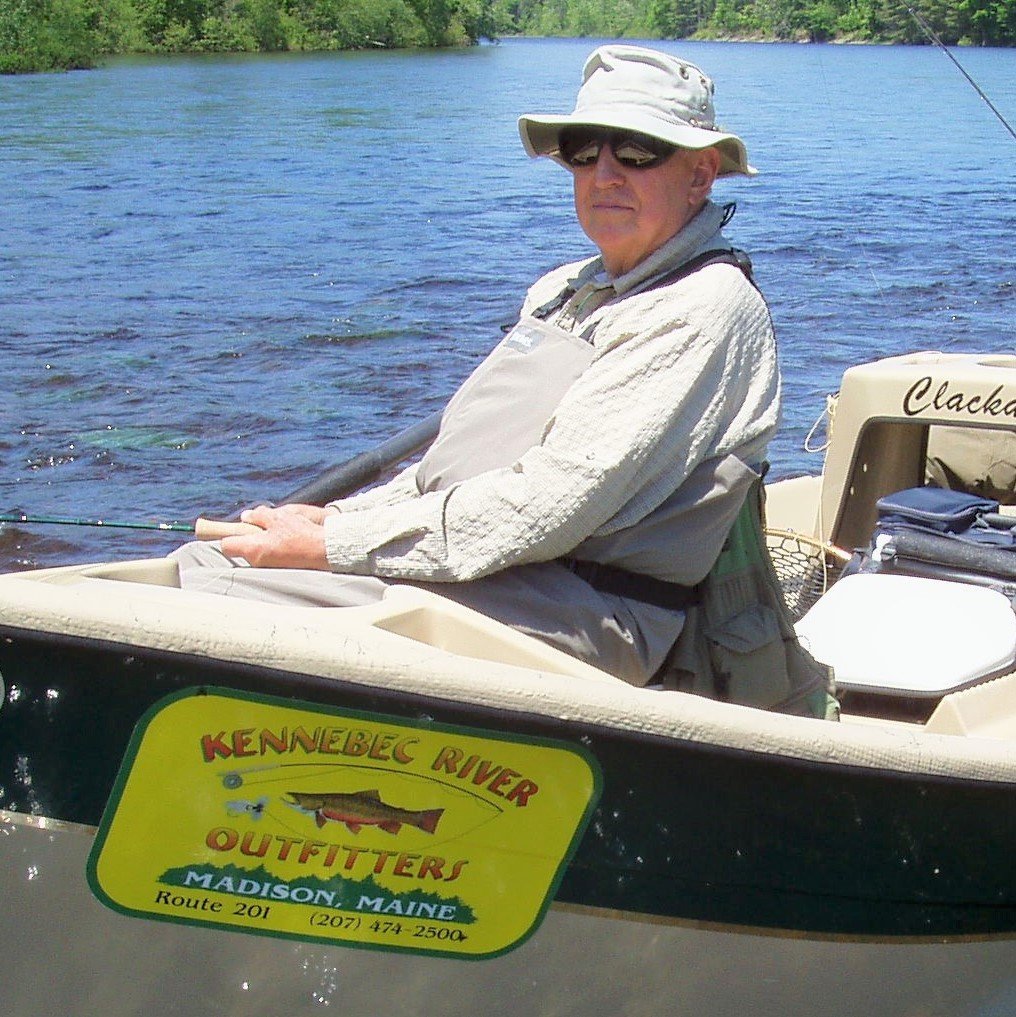
The late Clinton “Bill” Townsend of Canaan, Maine, Maine's foremost “fish conservationist.” Few if any have done as much for Maine’s rivers and wild native fish as Bill. And he did it quietly and without fanfare, teaching anyone who was paying attention that getting things done was more important than getting credit for doing so. No one stood taller, no one fought longer or harder, and no one accomplished more. Bill's departure from this world has left a void that will not soon, if ever, be filled. Thanks for all you did Mr. Townsend...
MAINE native fishes
Maine is home to five native char and salmon: Brook trout, lake trout, Arctic charr, landlocked salmon, and Atlantic salmon. Numerous other native fish can be found in Maine as well, including cusk, lake and round whitefish, white and longnose sucker, fallfish, slimy sculpin, lake and creek chub, blacknose dace, landlocked and sea-run rainbow smelt, alewife and herring, American shad, striped bass, bluefish, bluefin tuna, Atlantic and shortnose sturgeon, several species of shark, American eel. Maine is the last state with an active restoration program for federally listed and critically endangered Atlantic salmon. Landlocked salmon, Salmo sebago, Maine’s state fish, are native to just four lake systems: Sebago, Sebec, Green, and West Grand. Maine is also home to the last wild native Arctic charr, formerly known as blueback tout and Sunapee trout, in the contiguous United States. Maine is the last stronghold for wild native lake- and pond-dwelling, large river, and sea-run brook trout, with over 90% of the remaining populations. To say Maine is critically important to the survival of many of the nation’s wild native fish would be fair.
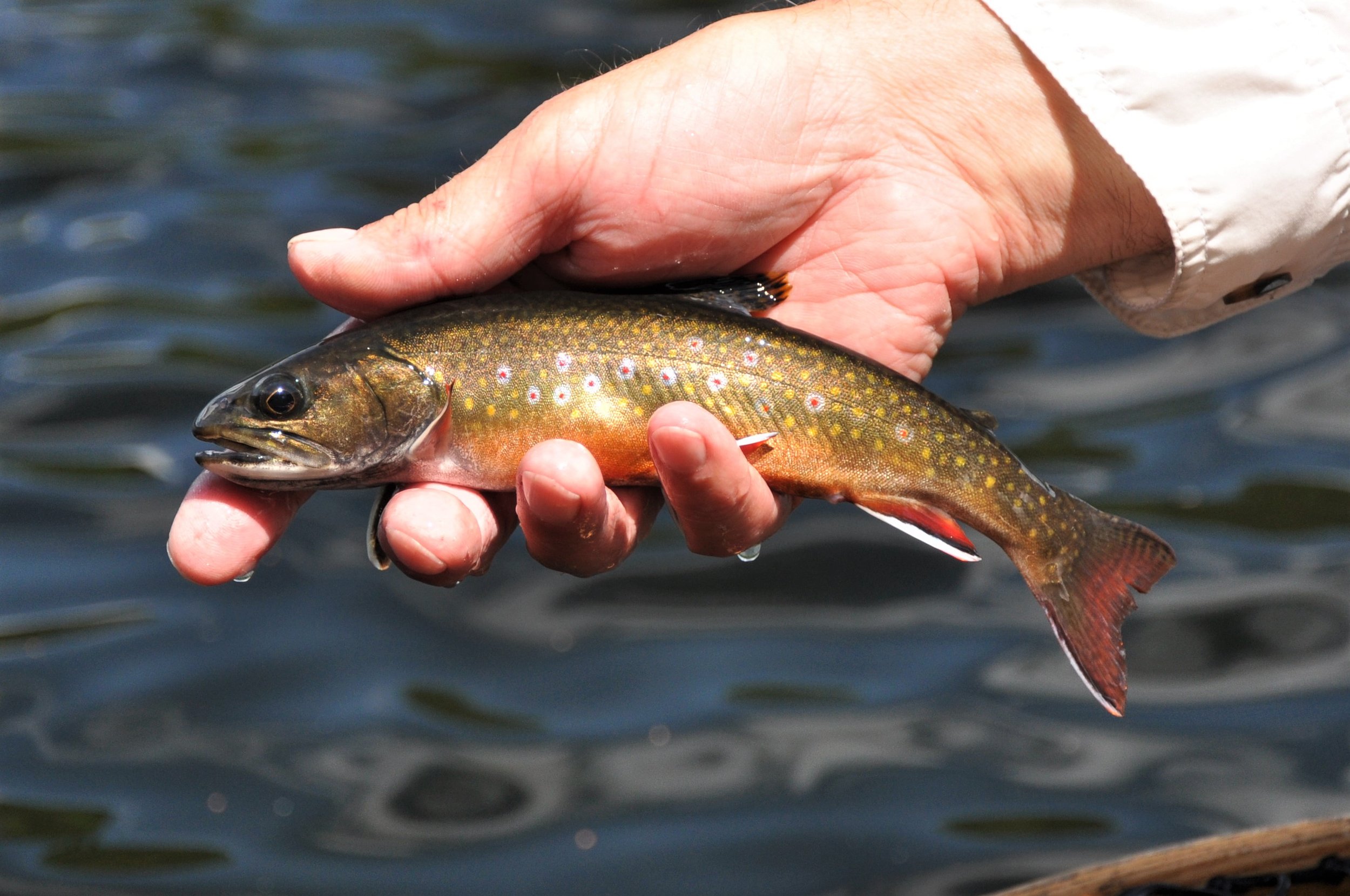
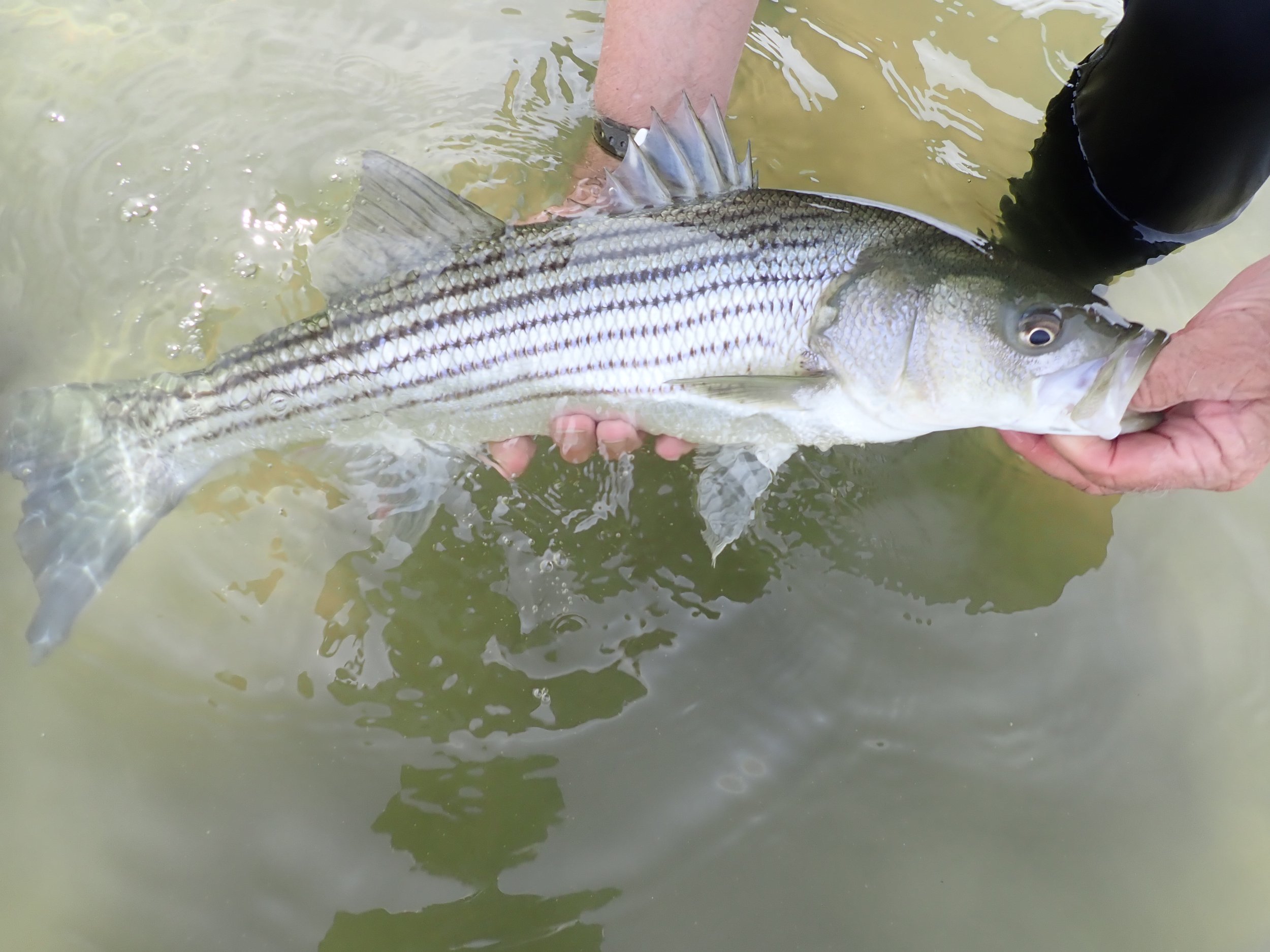
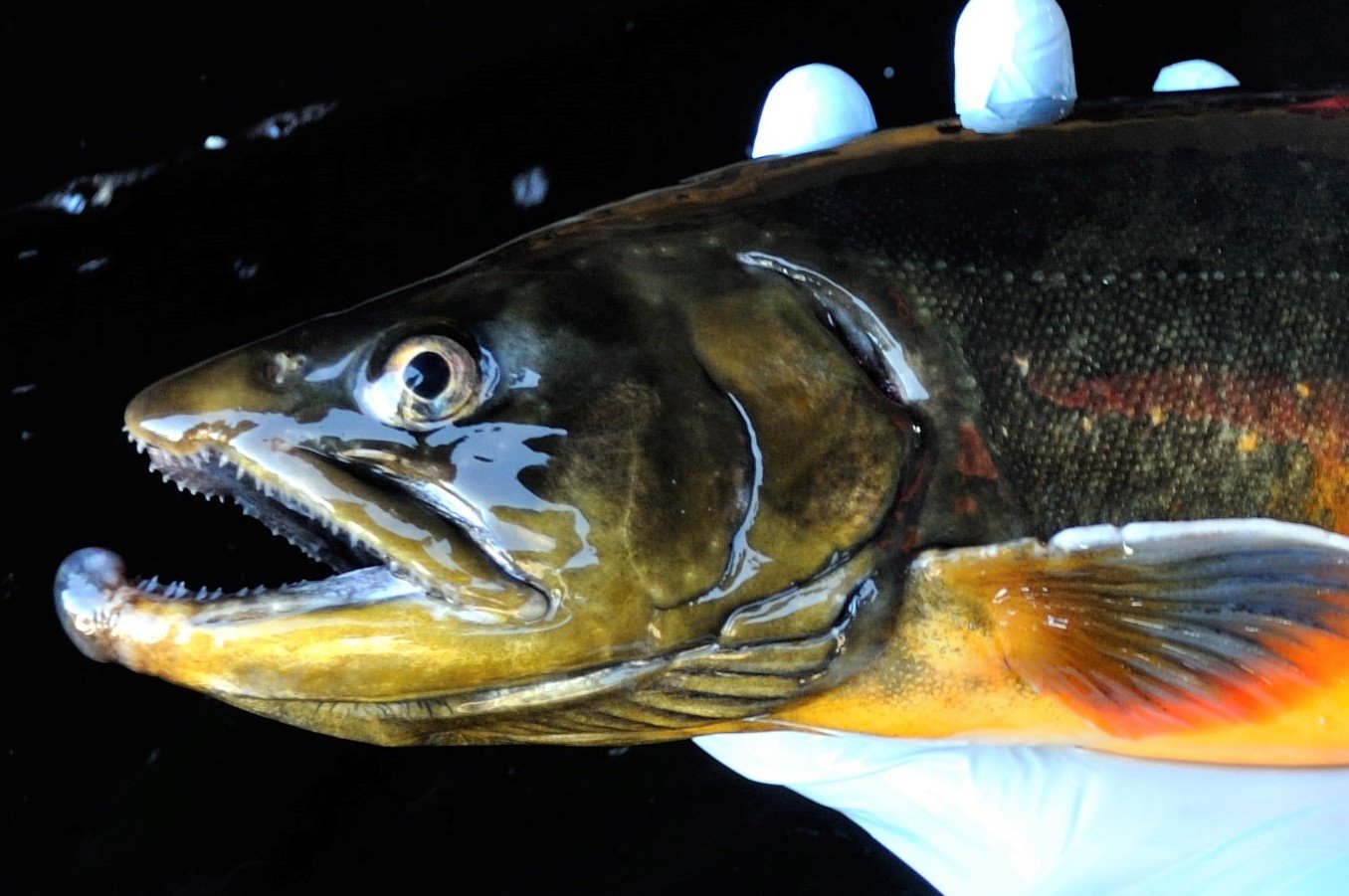
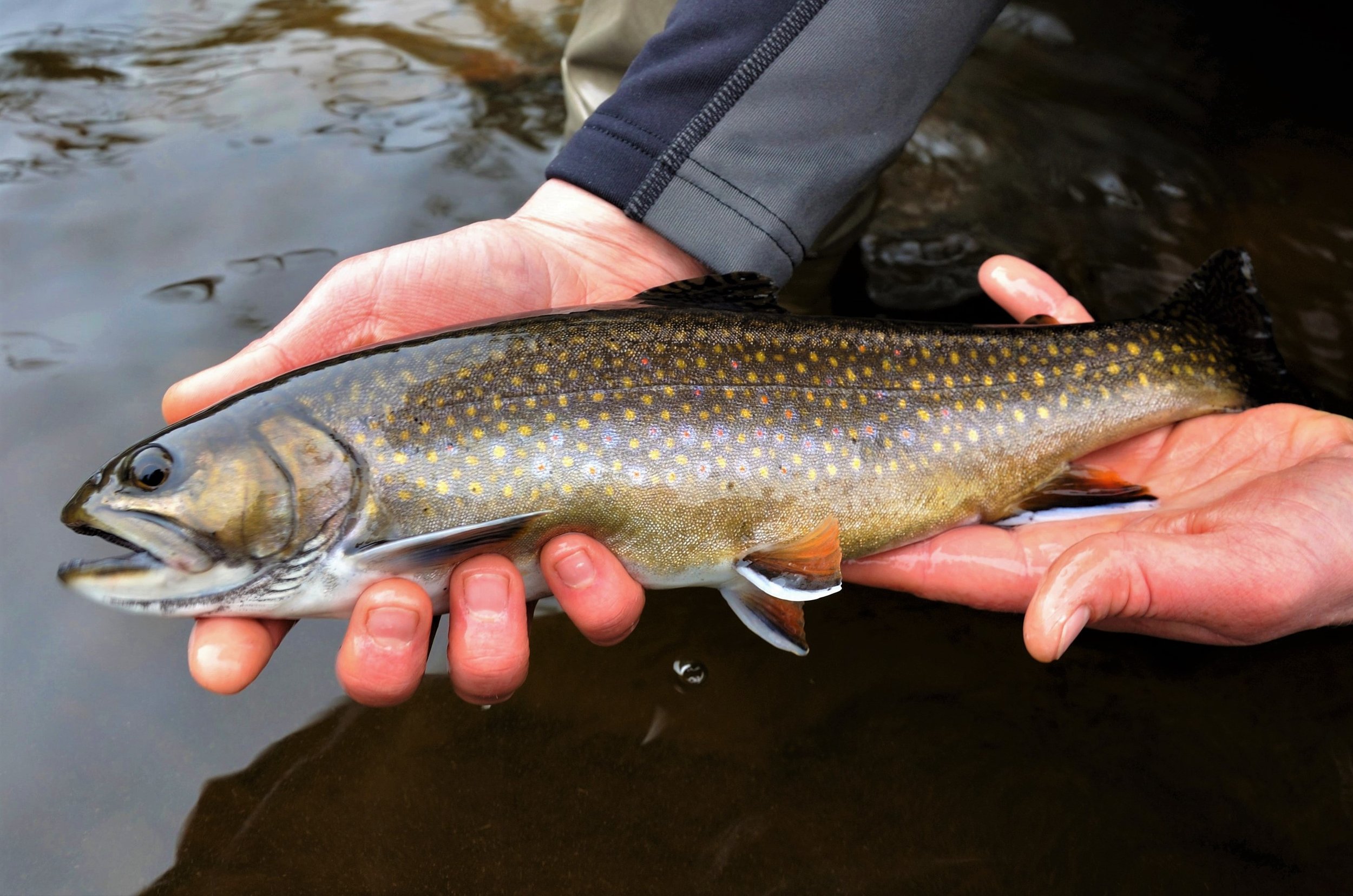
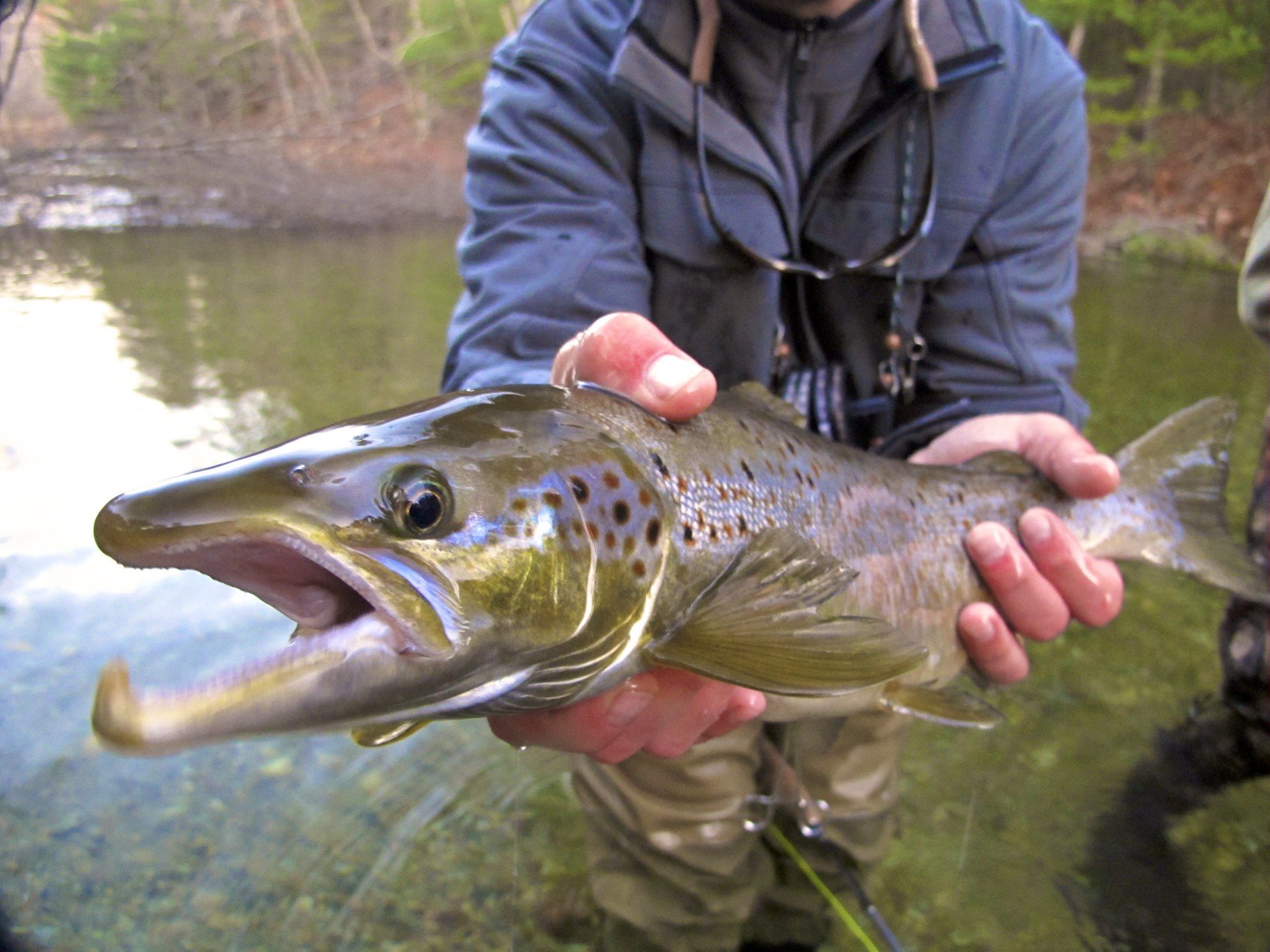
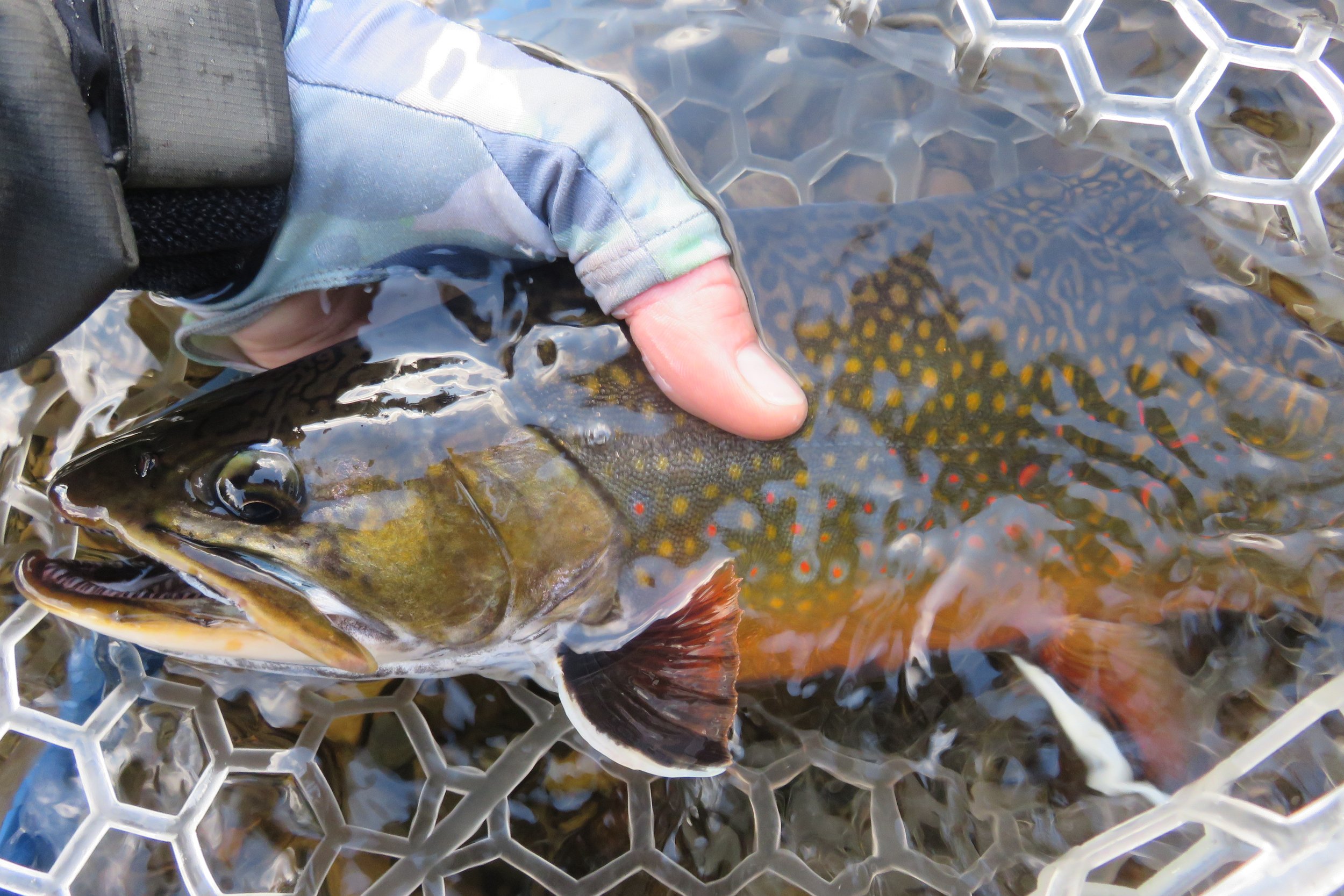
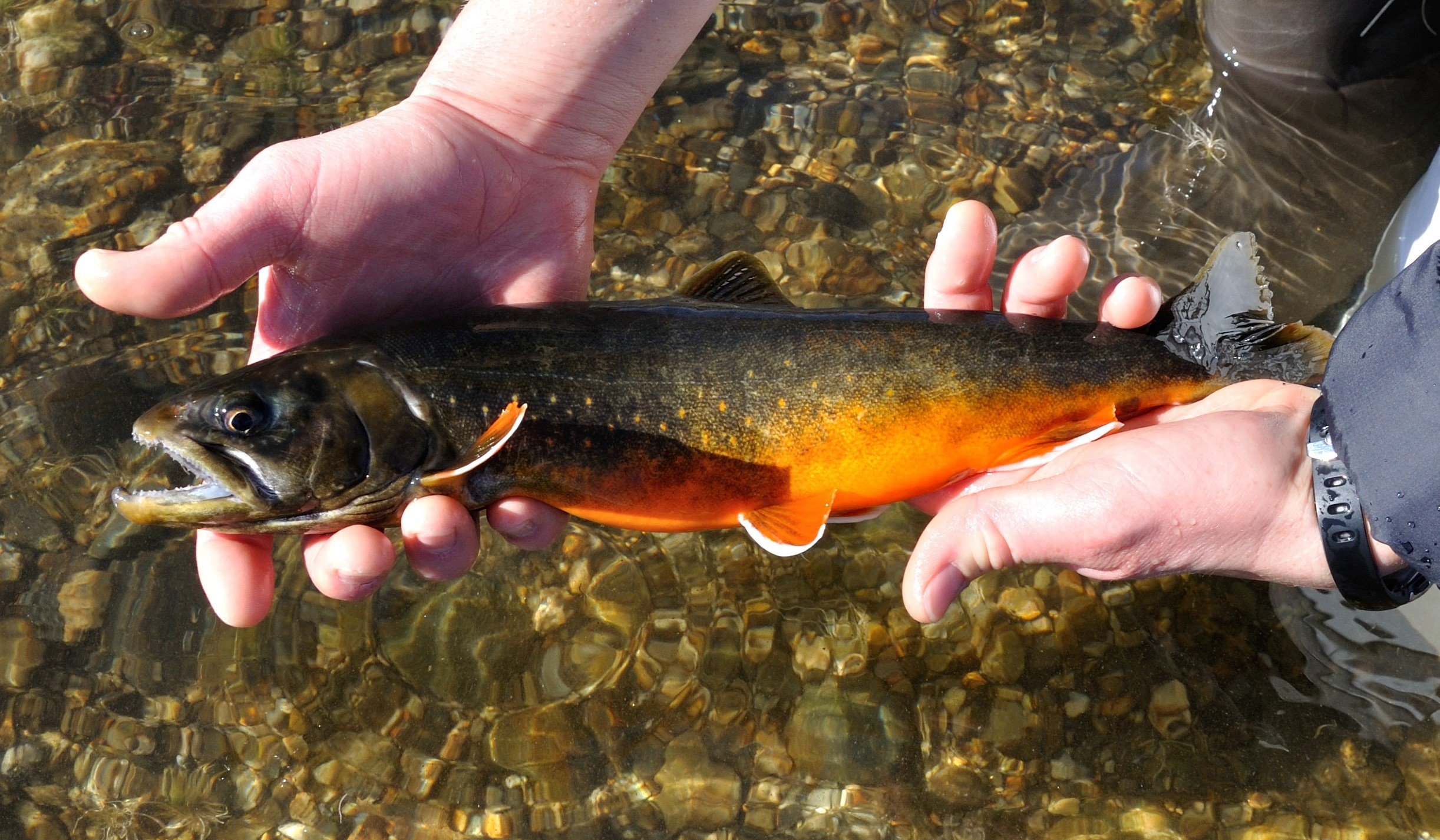
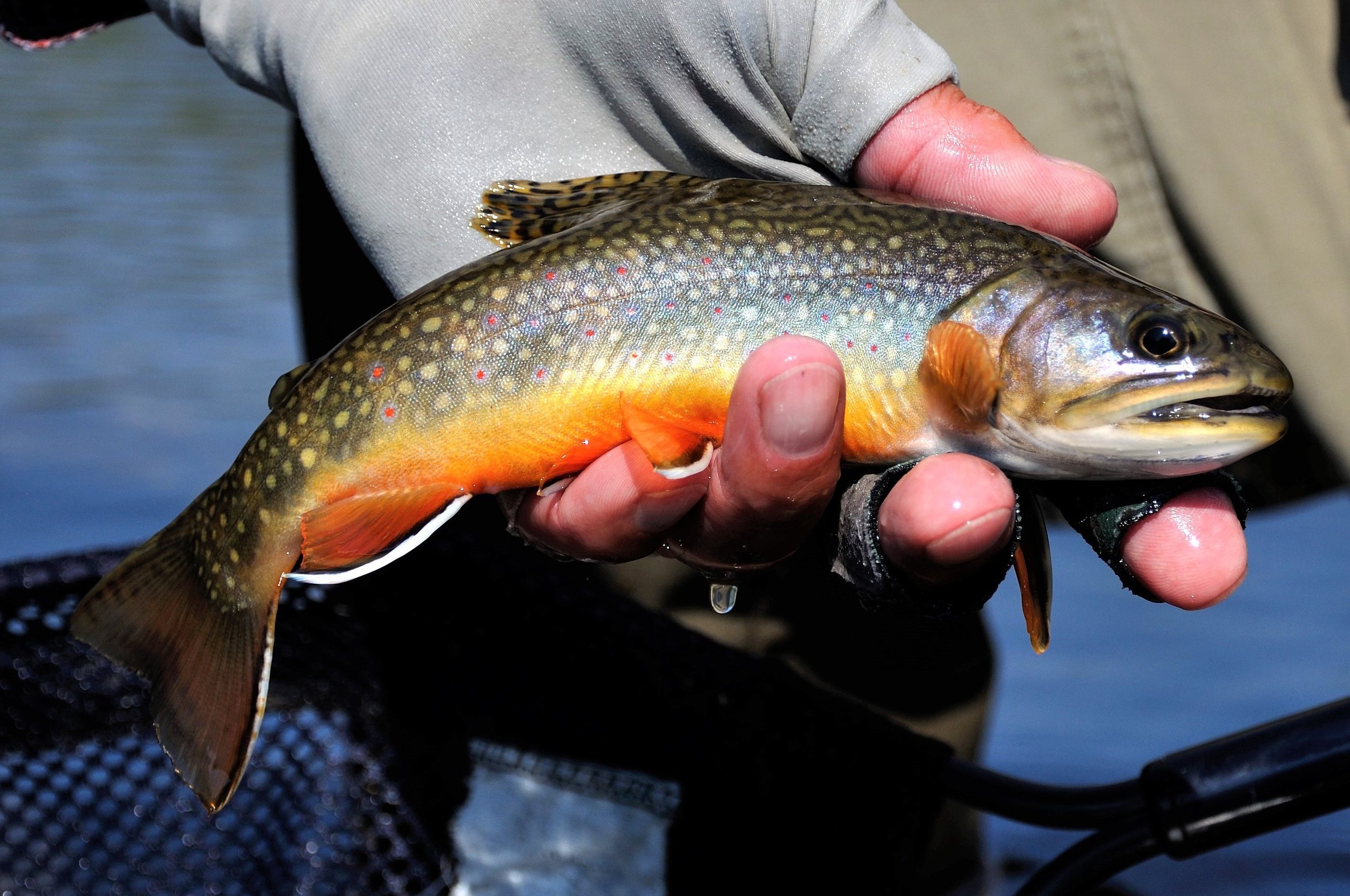
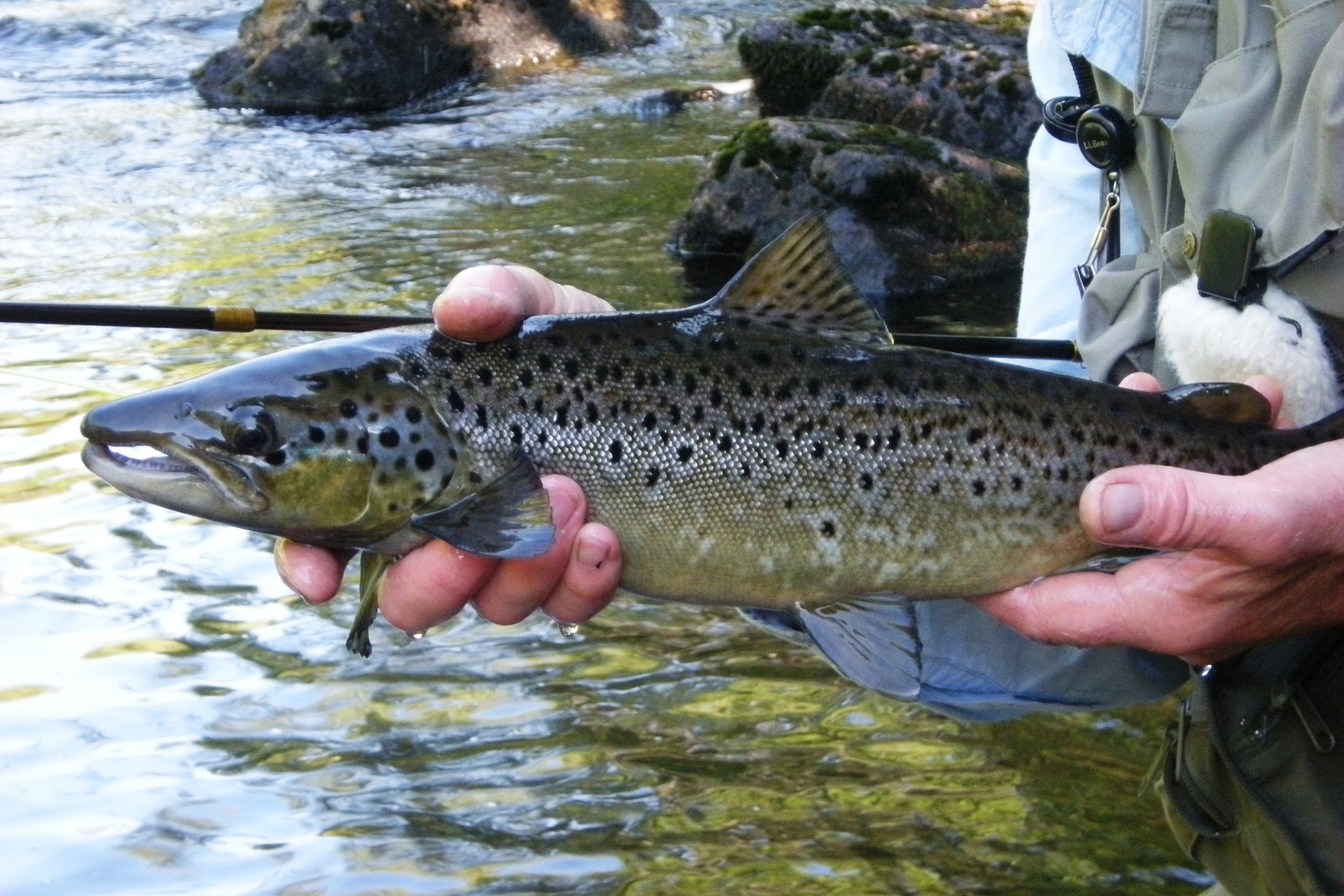

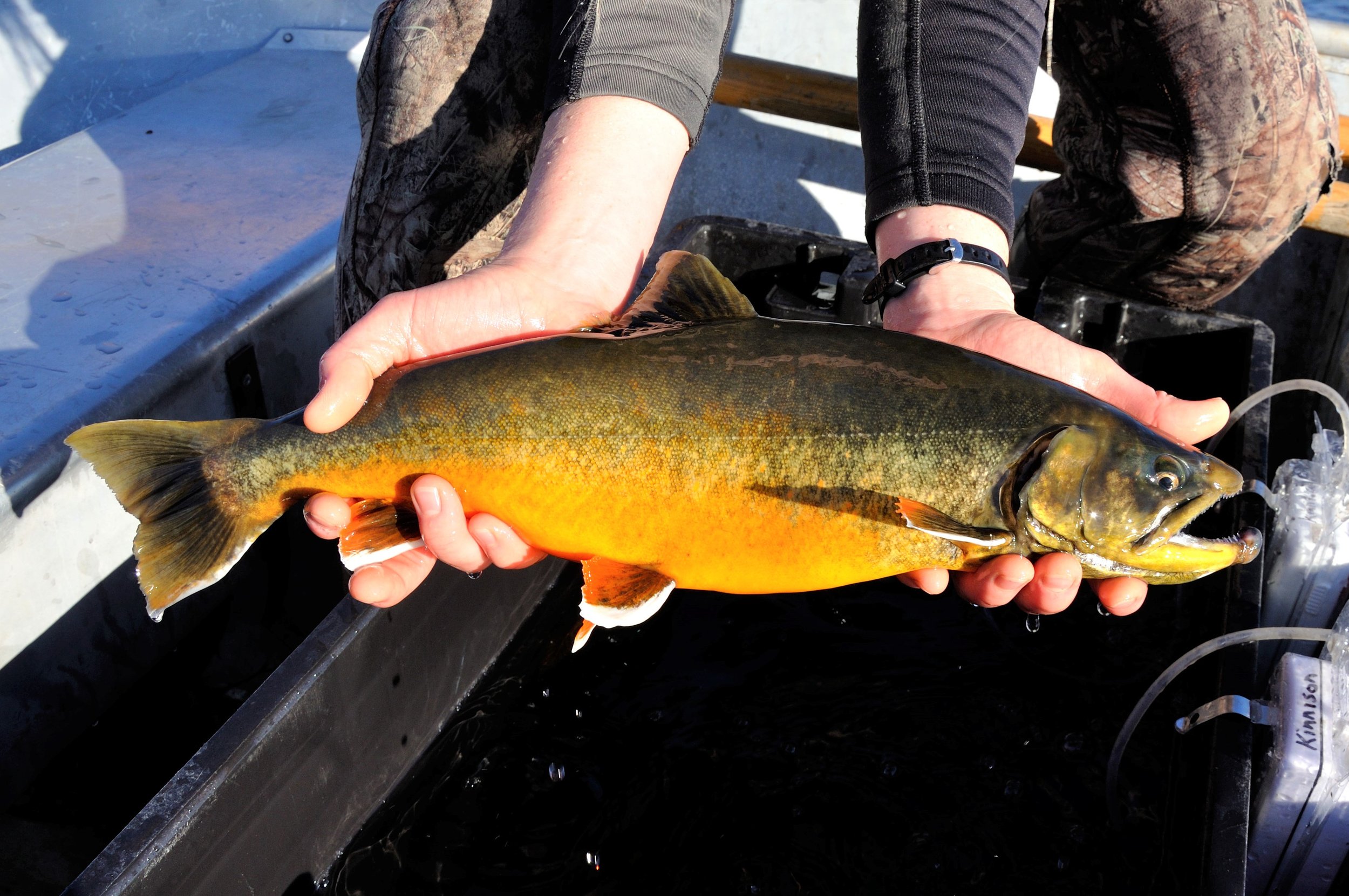
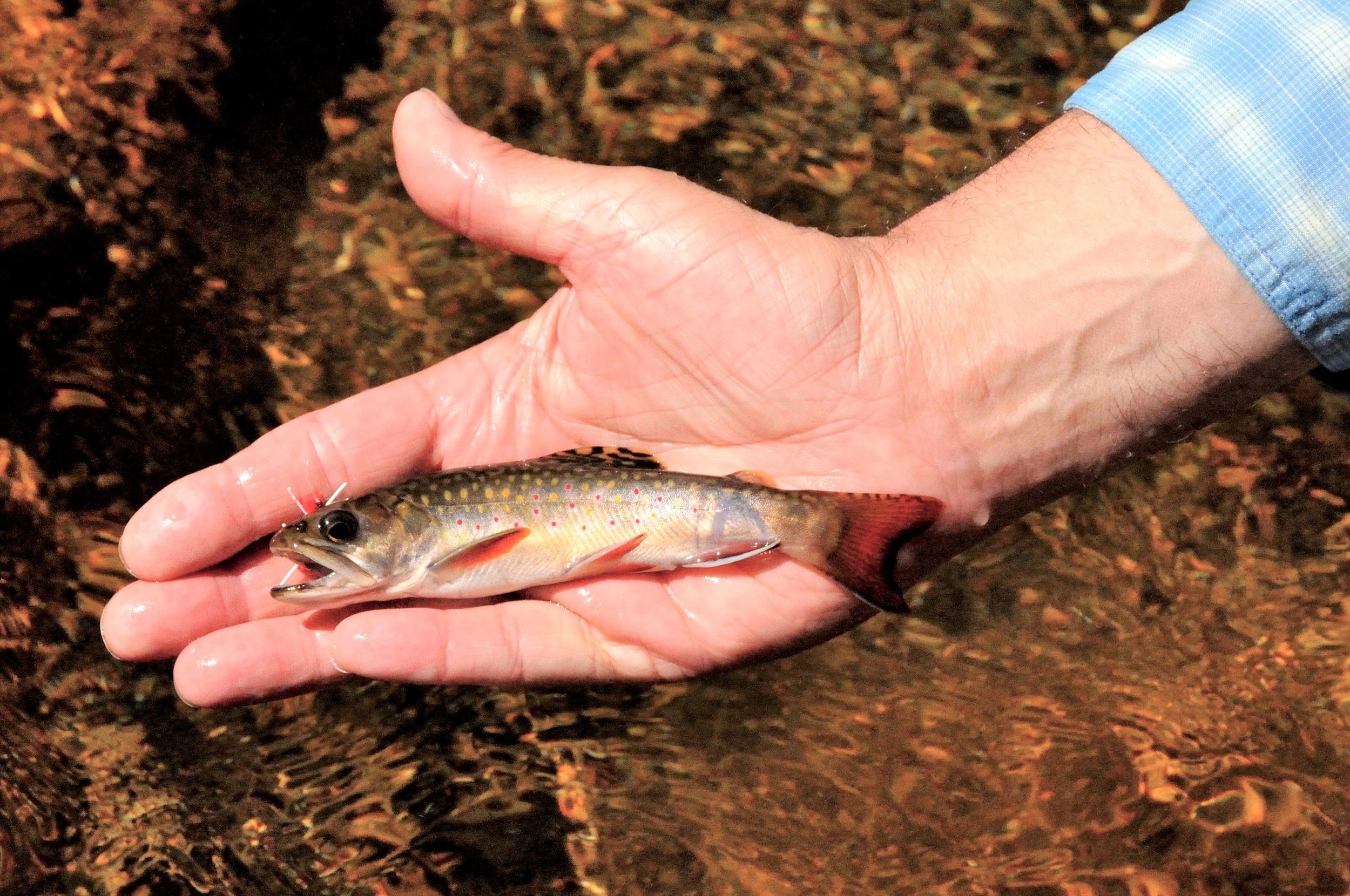
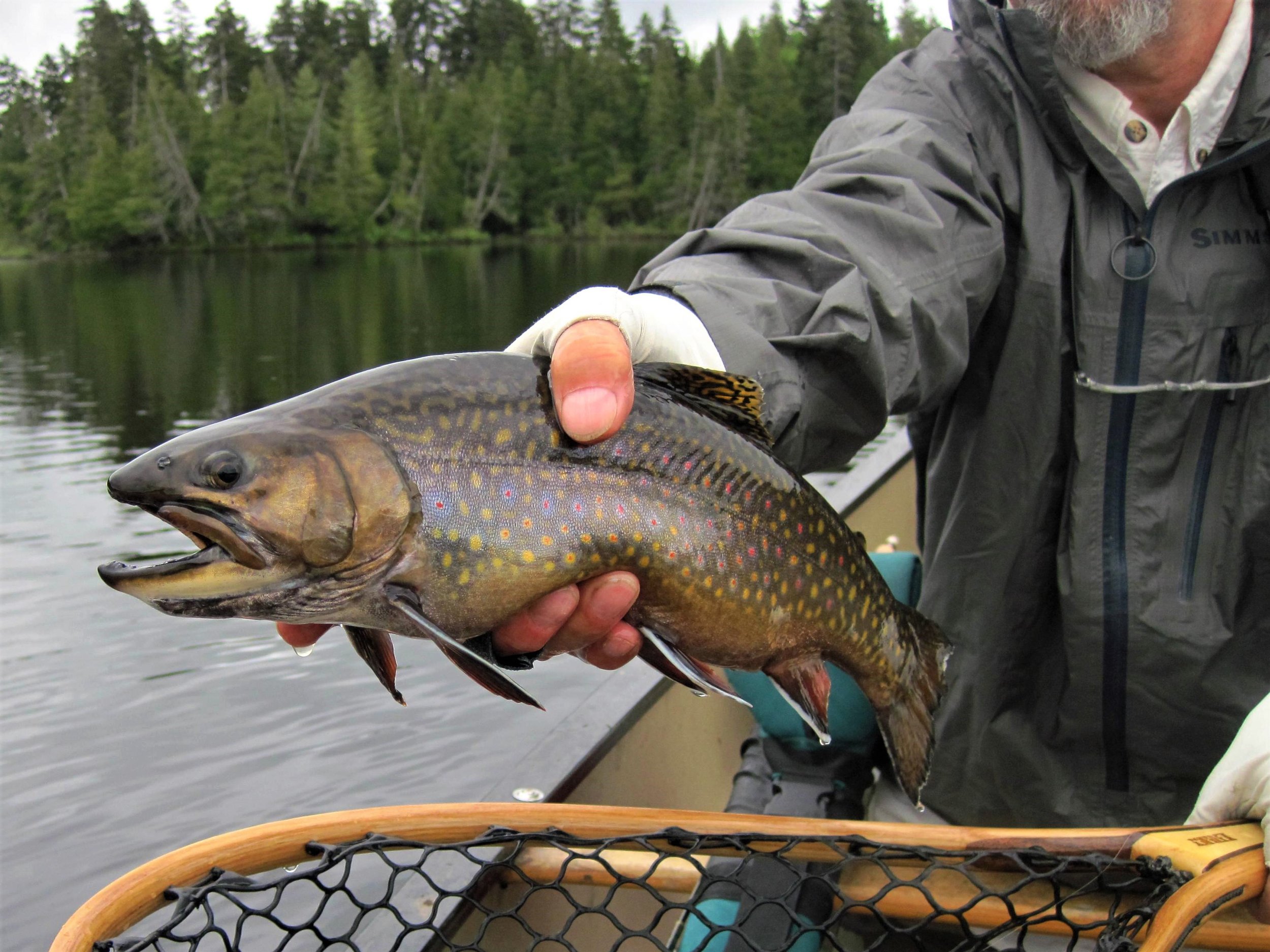
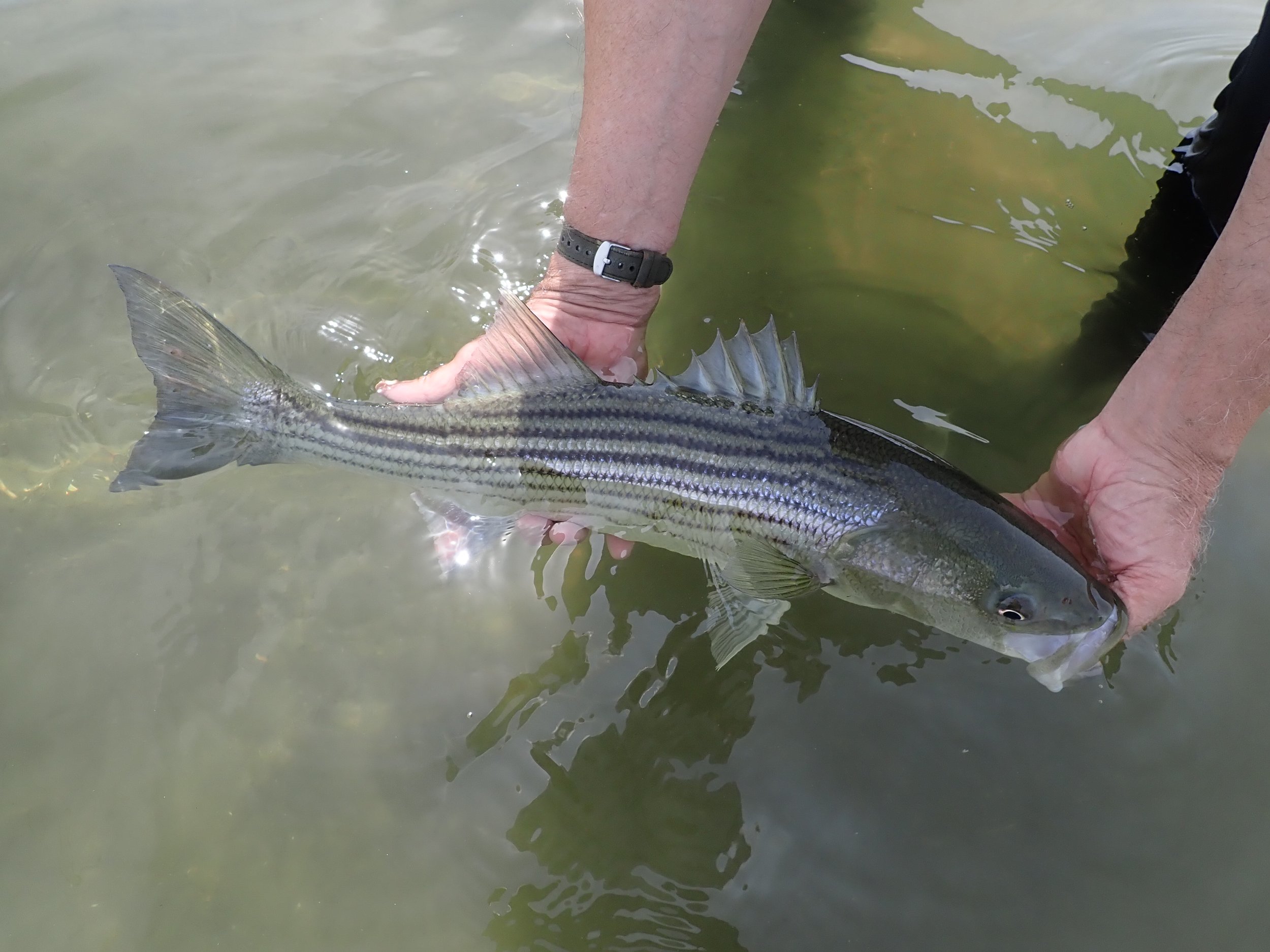

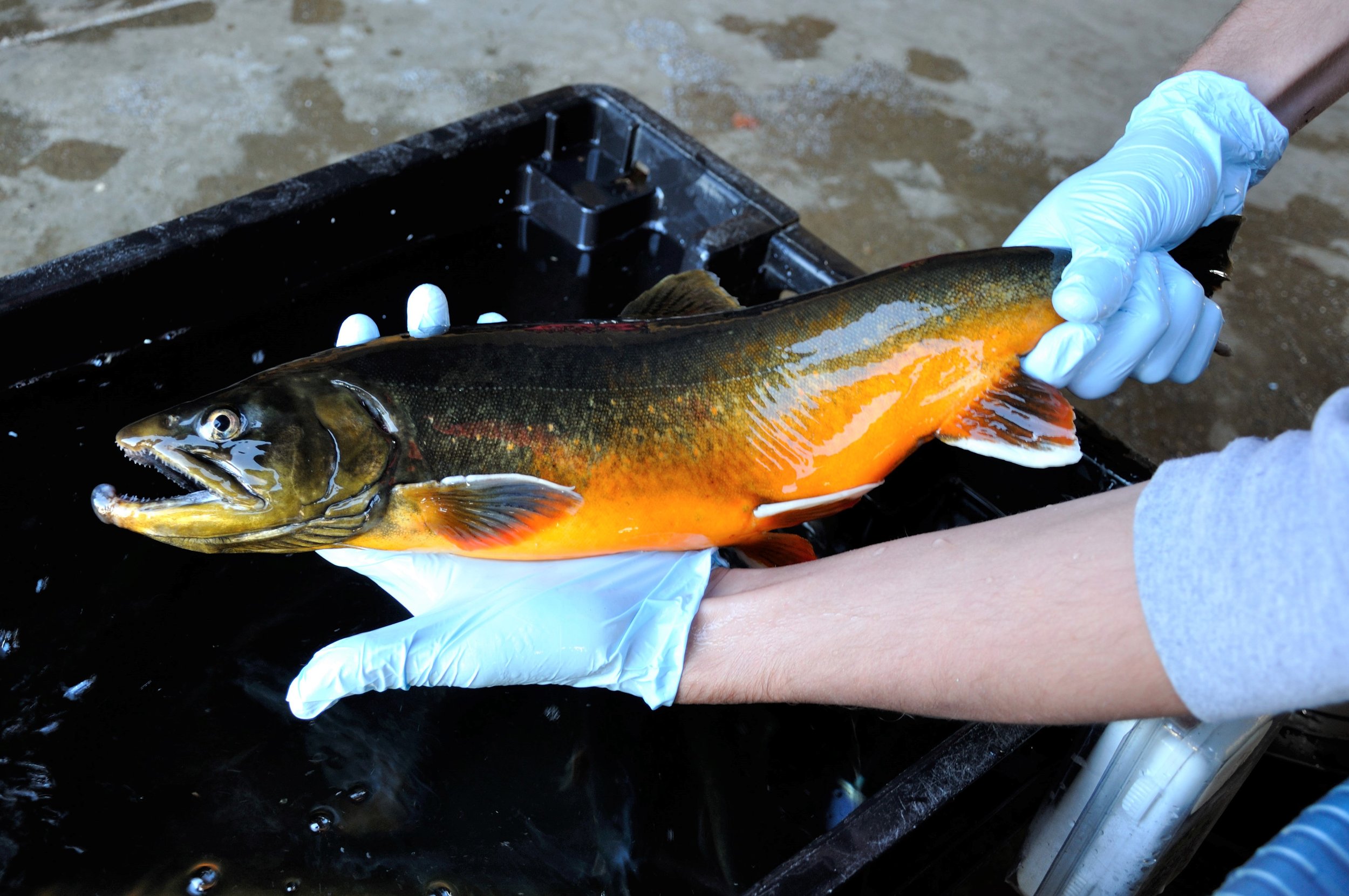


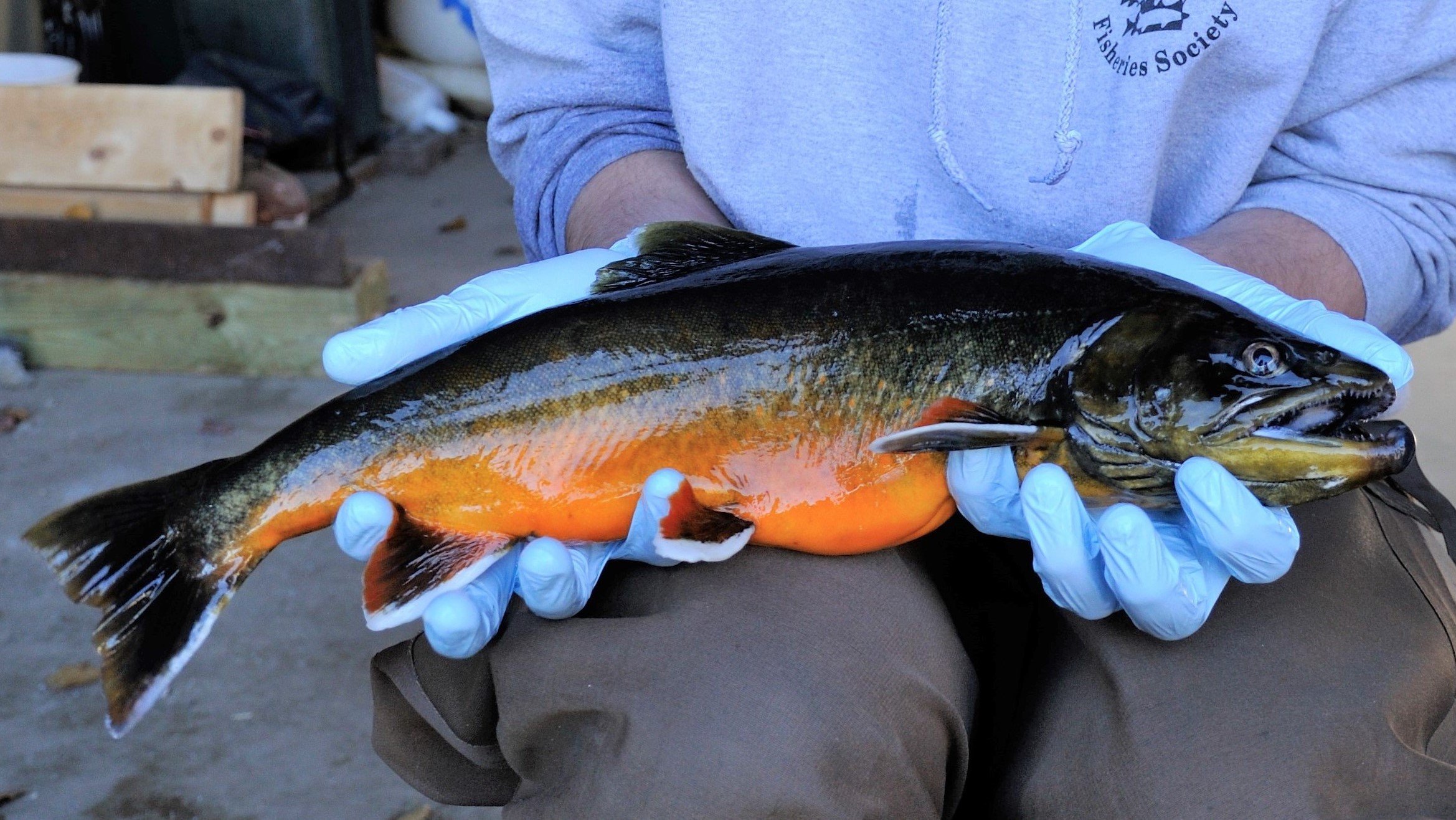
Status, Threats, and Conservation
Like most states, Maine’s native fishes face many threats and challenges including development, pollution, habitat degradation, climate change, angler exploitation, state-sponsored stocking, and especially, nonnative invasive fish introductions. Currently, Maine is experiencing what could be referred to as an invasive fish epidemic. Nonnative muskellunge have all but eliminated native brook from the St. John River system, nonnative Pike can now be found in Sebago Lake and throughout the Belgrade Lakes system, and invasive smallmouth bass have established self-sustaining populations throughout the Kennebec, Dead, Rapid, Penobscot, and Dennys River systems, Moosehead Lake, as well as many other lakes and rivers. Three of the twelve remaining native arctic charr waters in Maine have suffered invasive smelt introductions in recent years, one of which also suffered a nonnative lake trout introduction. Two of these waters were reclaimed, and one population is likely lost. One Arctic charr water is actively being stocked with lake trout, the species blamed for their demise in New Hampshire and Vermont. All of Maine’s historic landlocked salmon waters have been stocked with landlocked salmon, and all are now home to a number of nonnative fish species. Atlantic salmon are classified as “Endangered” under the United States Endangered Species Act, and they hang by a thread propped up almost solely through stocking. Unfortunately, attempts to get the state to list them have failed. Redfin pickerel are classified as “Endangered” under Maine’s Endangered Species Act (MESA). Swamp Darter are classified as “Threatened” under MESA. Eight fish are classified as “Species of Special Concern” under MESA, including sea-run brook trout and Arctic charr. Shortnose sturgeon are listed as “Endangered” under Maine’s Marine Endangered Species Act (ESA.) Maine is also the only state that allows commercial elver, or juvenile American eel, harvest.
MAINE nfc board
Below is our Maine State Board. This dedicated group of volunteers are our "boots on the ground" in Maine, home to several rare native fish including federally endangered Atlantic salmon, the last Arctic charr in the contiguous United States, and roughly 90% or more of the remaining wild native pond-dwelling and sea-run brook trout.
SAVANNA PATENAUDE was born and raised in the mountains of…
ISAAC NIBLACK was originally from northern Michigan but now…
GRANT ALLARD is a College Student at the University of Maine…
MICHAEL ANGELIDES moved to Maine 14 years ago to attend…
CHRISTOPHER GOSSELIN grew up on Chebeague Island…
TOM JOHNSON grew up in central Massachusetts where he served on…
CASEY MEALEY is a lifelong fly fisher, Registered Maine...
BRIAN RHEA grew up Maine where he fished for brook trout...
MARK SIMONDS is a Mechanical Engineer and Human Ecologist…
RICHARD "RICH" YVON grew up hunting, fishing and camping...
MAINE nfc ADvisory CounCil
Below is our Maine Advisory Council. This group of volunteers represents a veritable all-star team of subject matter expertise and hands-on experience. They work with the Maine board to identify areas in need of attention, while providing technical assistance.
in memory of
MAINE nfc Campaigns
(CLICK IMAGE TO READ)
recent maine nfc BLOG entries
(CLICK IMAGE TO READ)
recent MAINE nfc MEDIA
(CLICK IMAGE TO READ)
upcoming maine NFC events
(CLICK IMAGE TO LEARN MORE)
MAINE nfc SCHWAG
(CLICK IMAGE TO PURCHASE - prices include shipping)
MAINE nfc conservation PARTNERS
maine nfc BUSINESS sponsors
Please support these best-in-class businesses as they have supported the Maine chapter of NFC and our wild native fish.
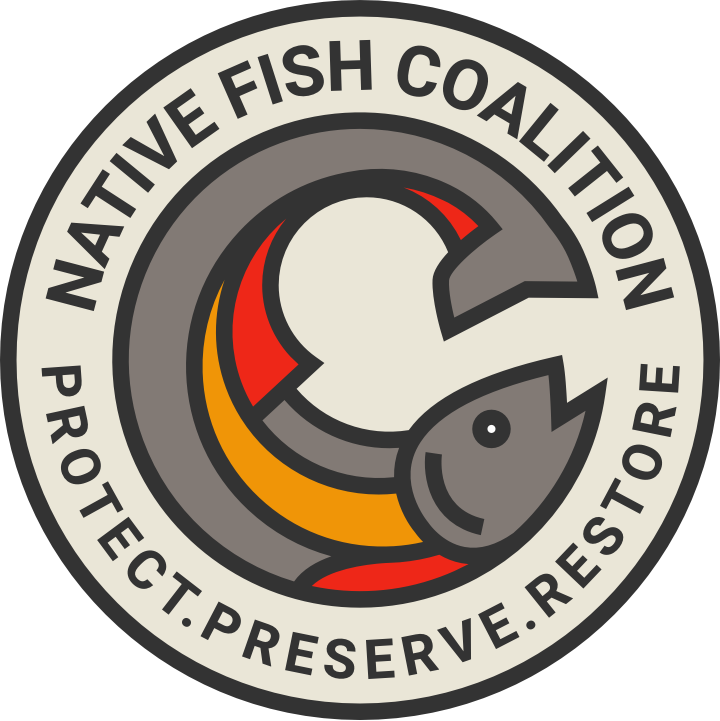
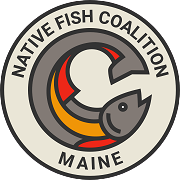



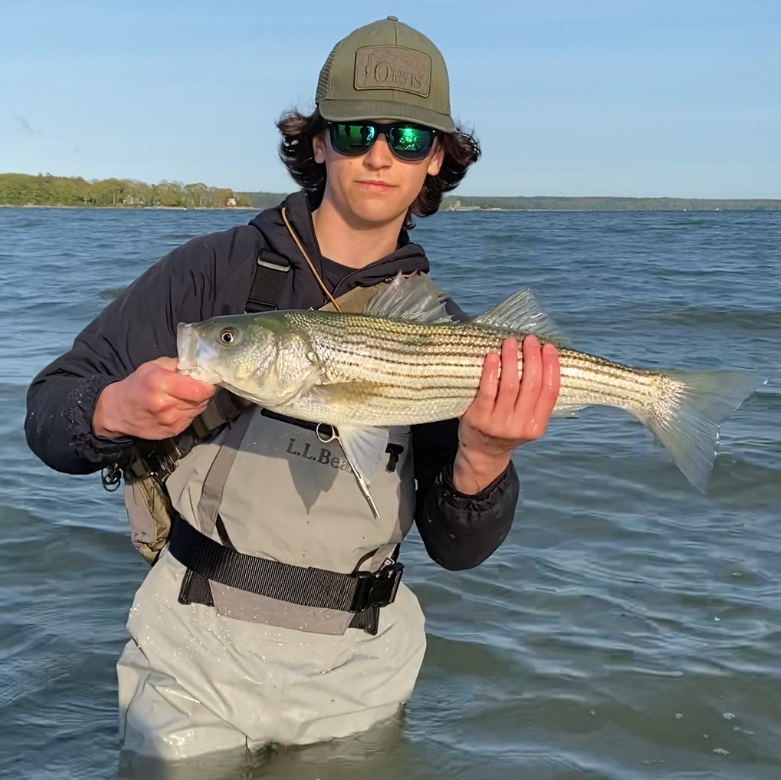




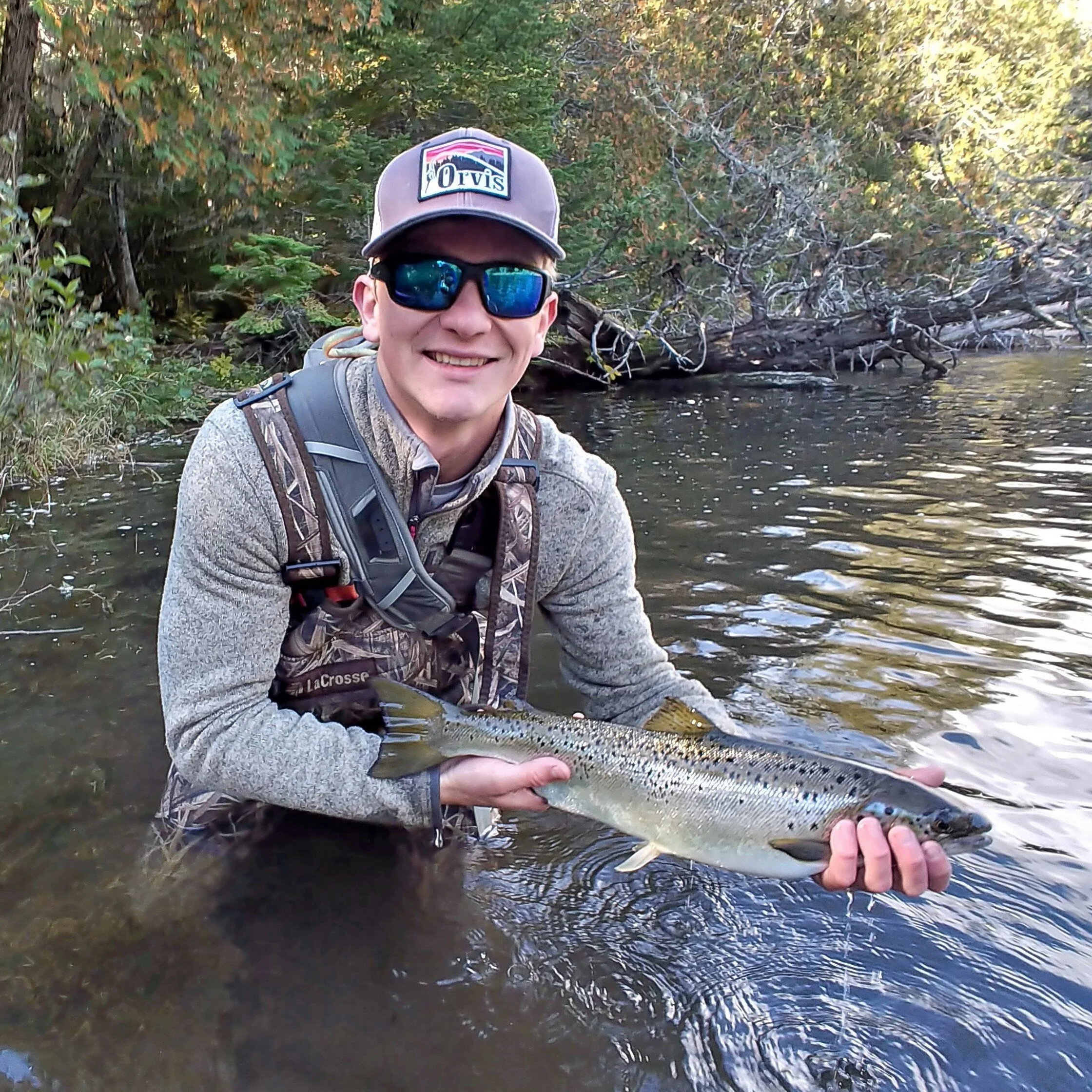











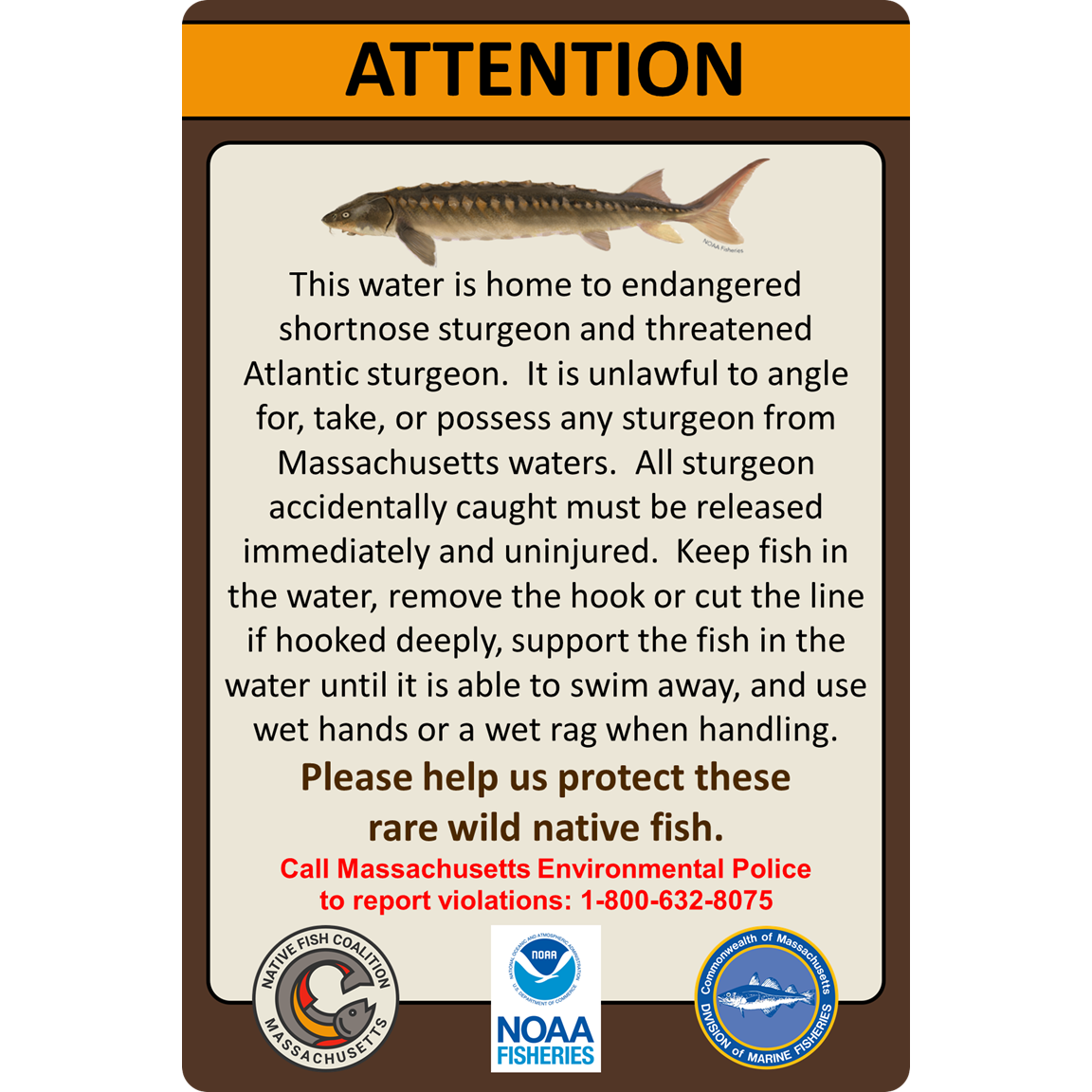





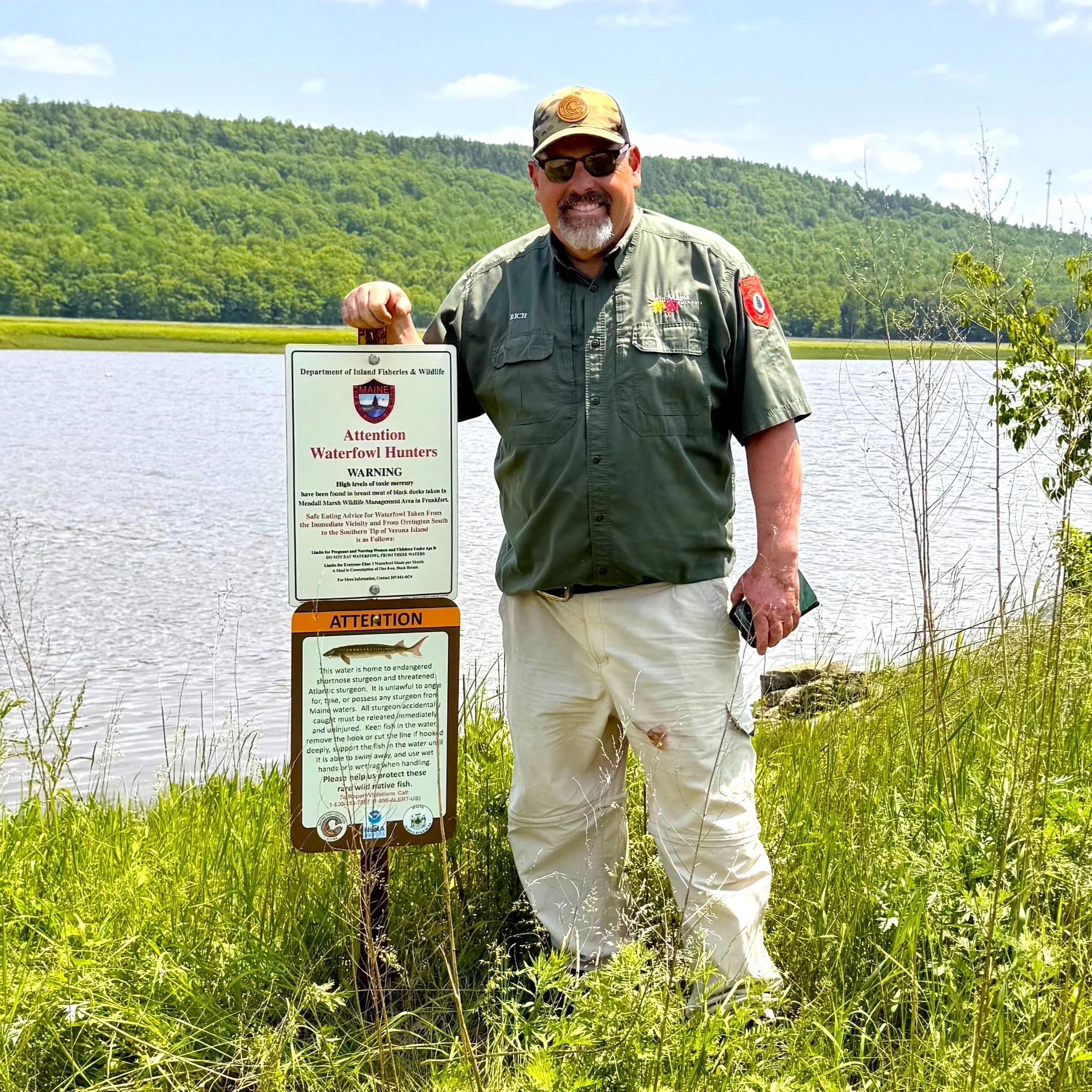

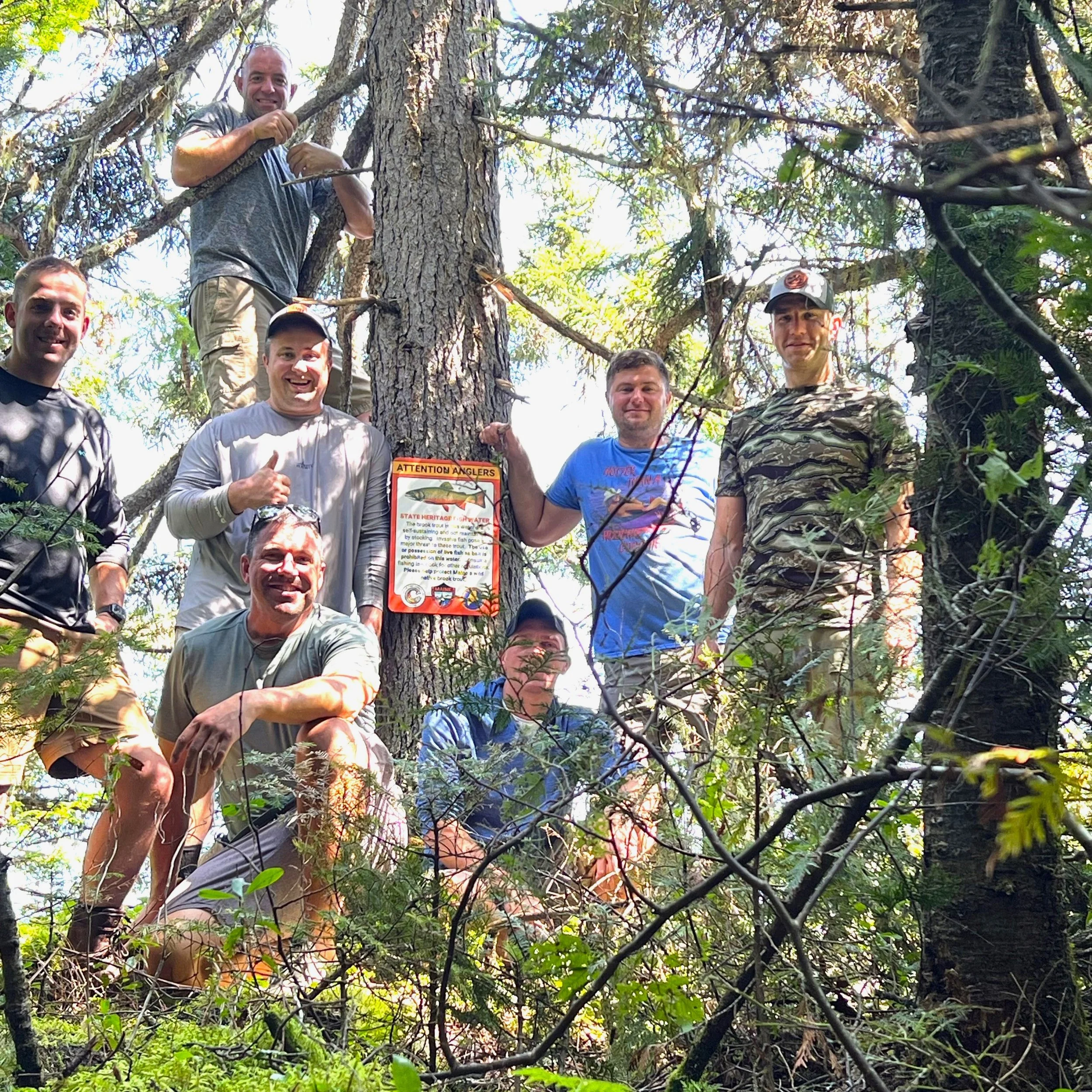




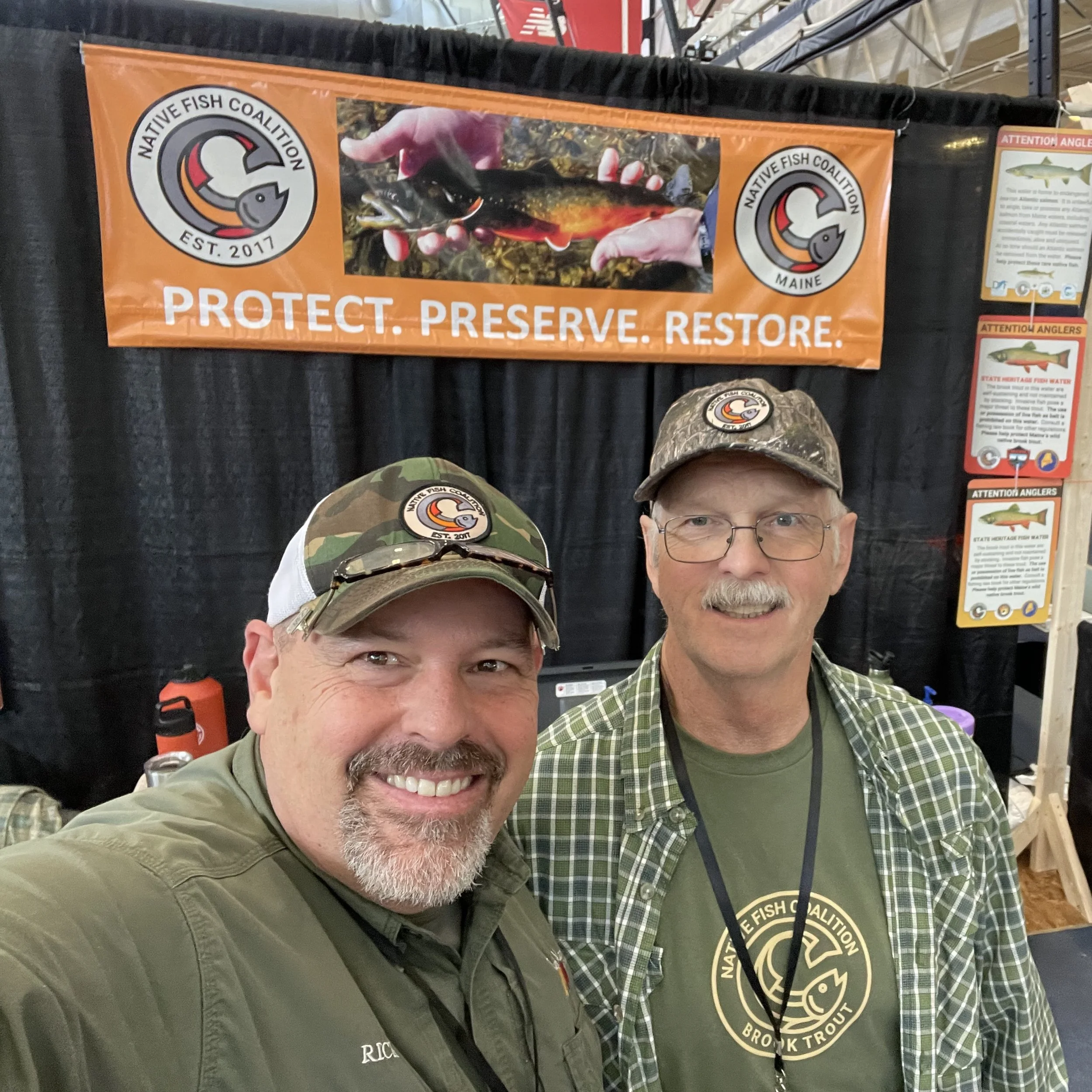
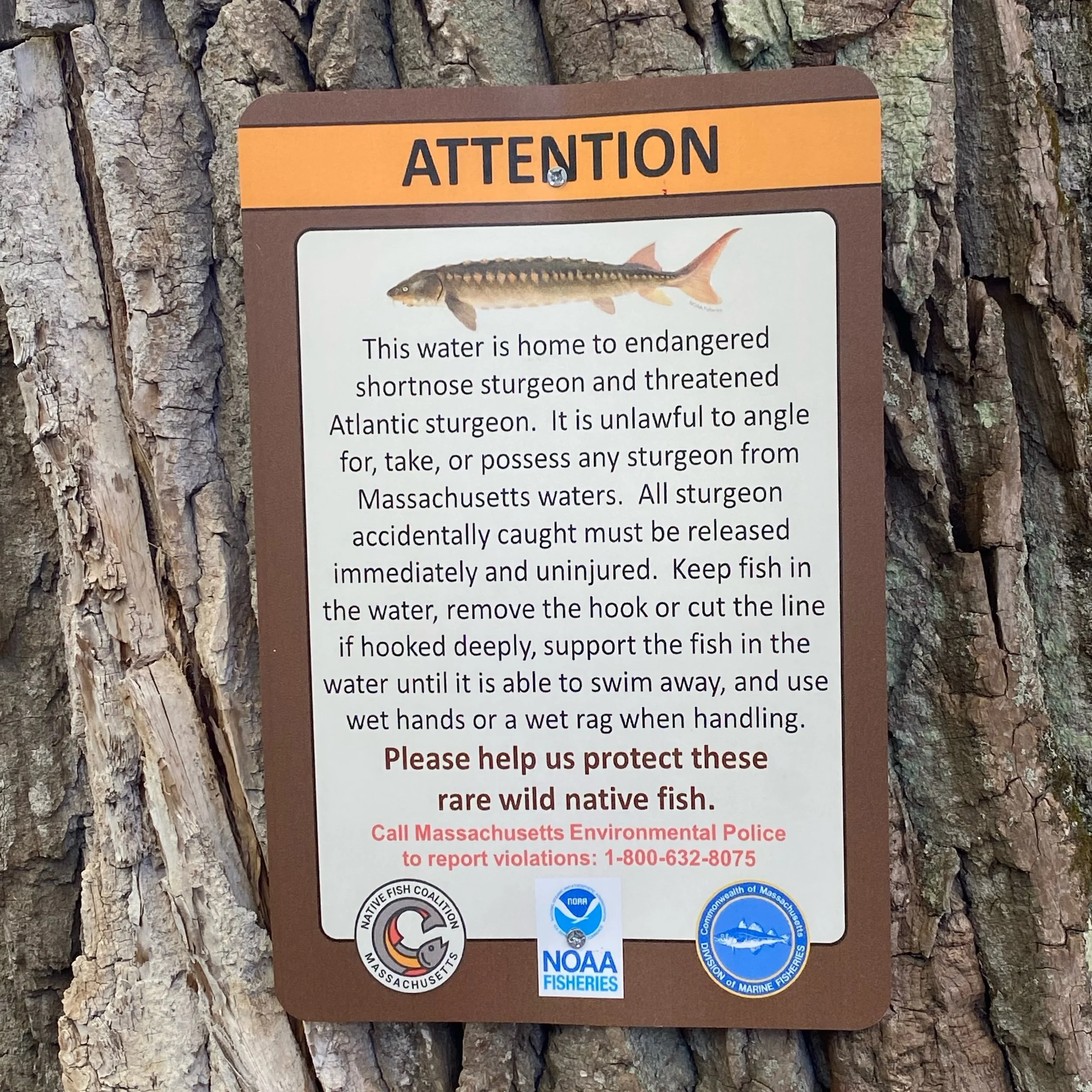

















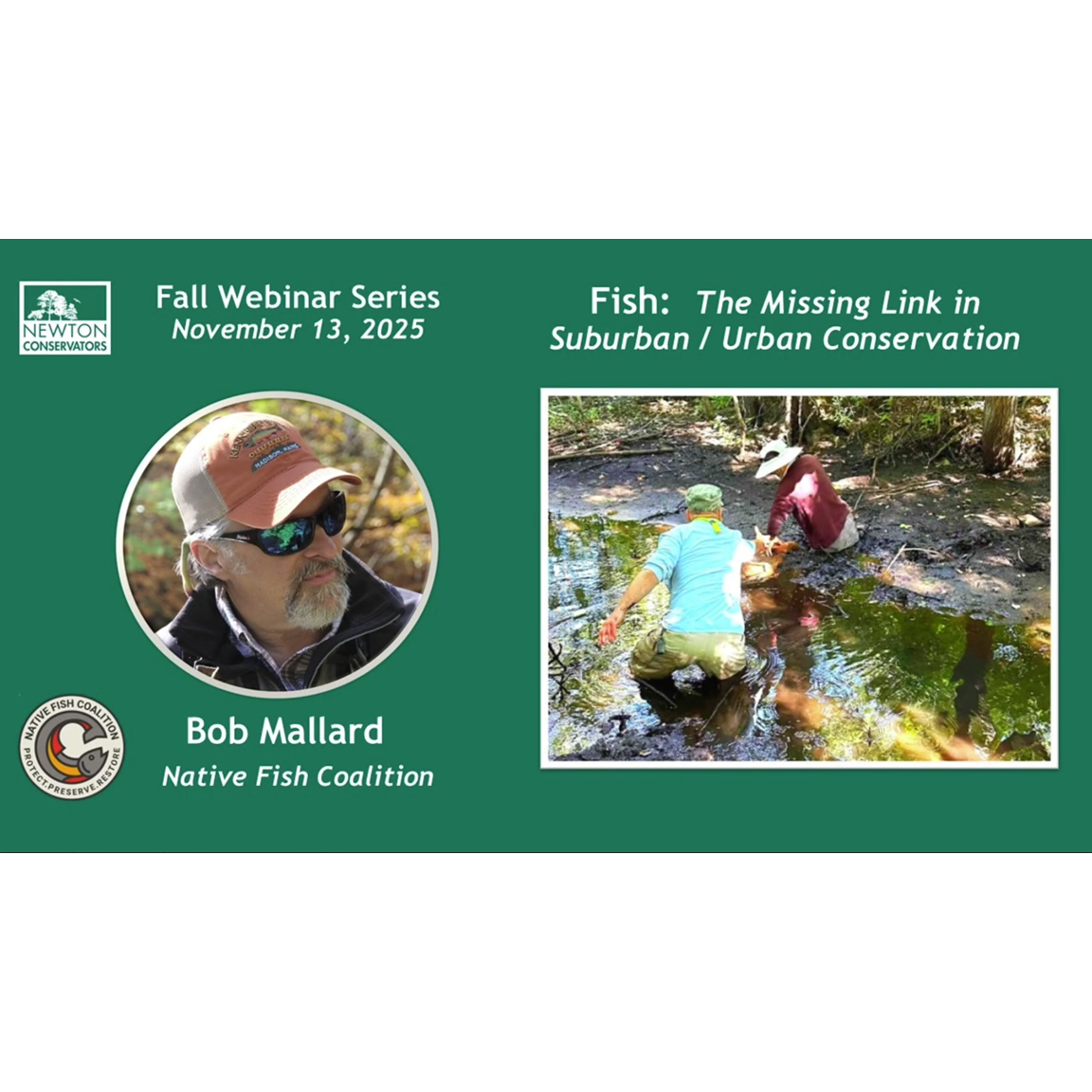





















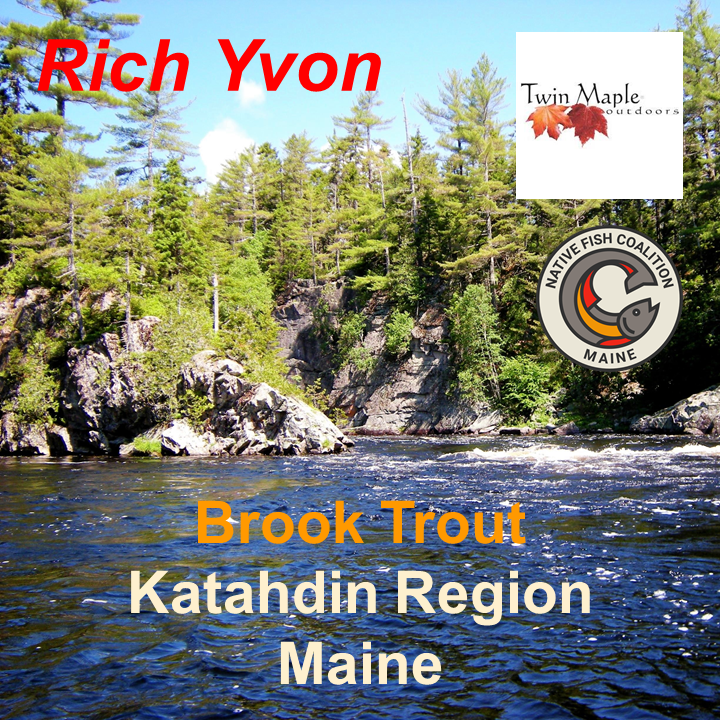
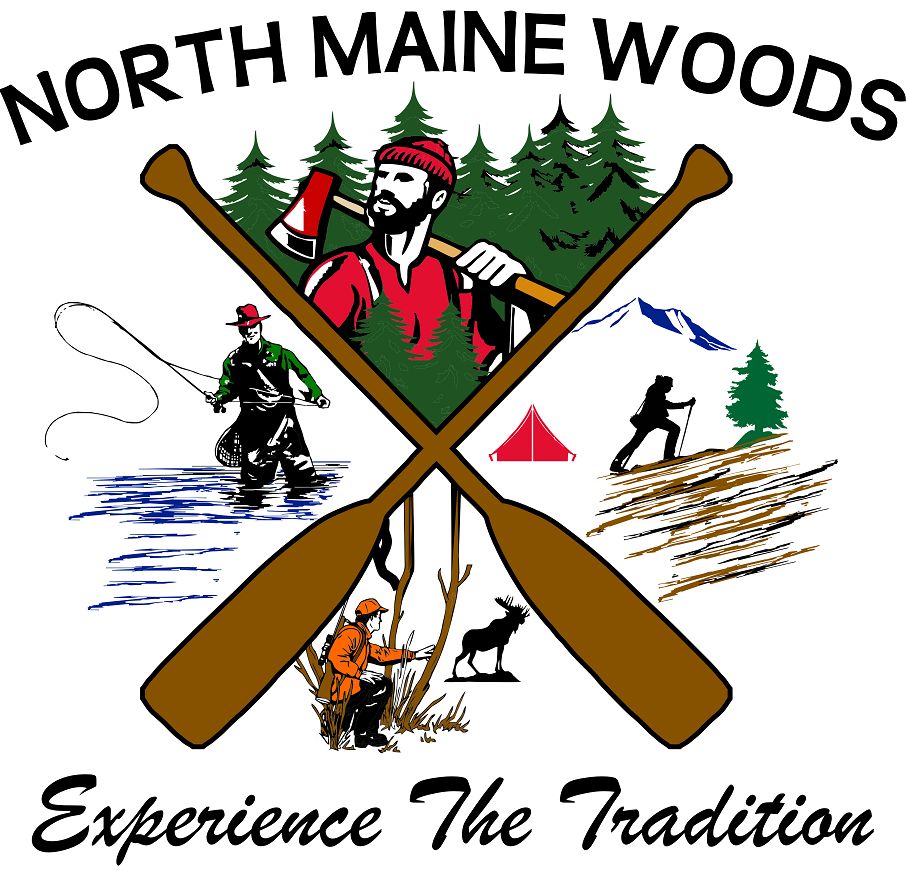
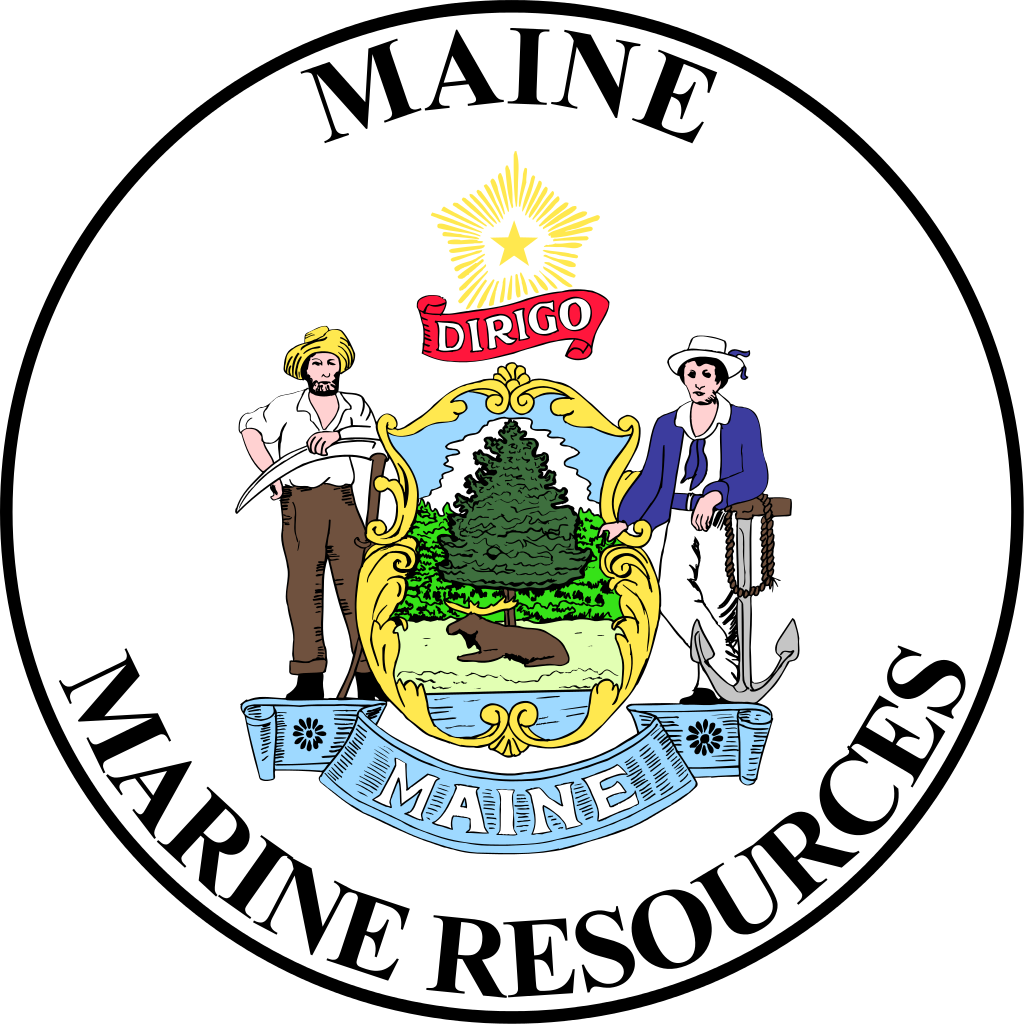

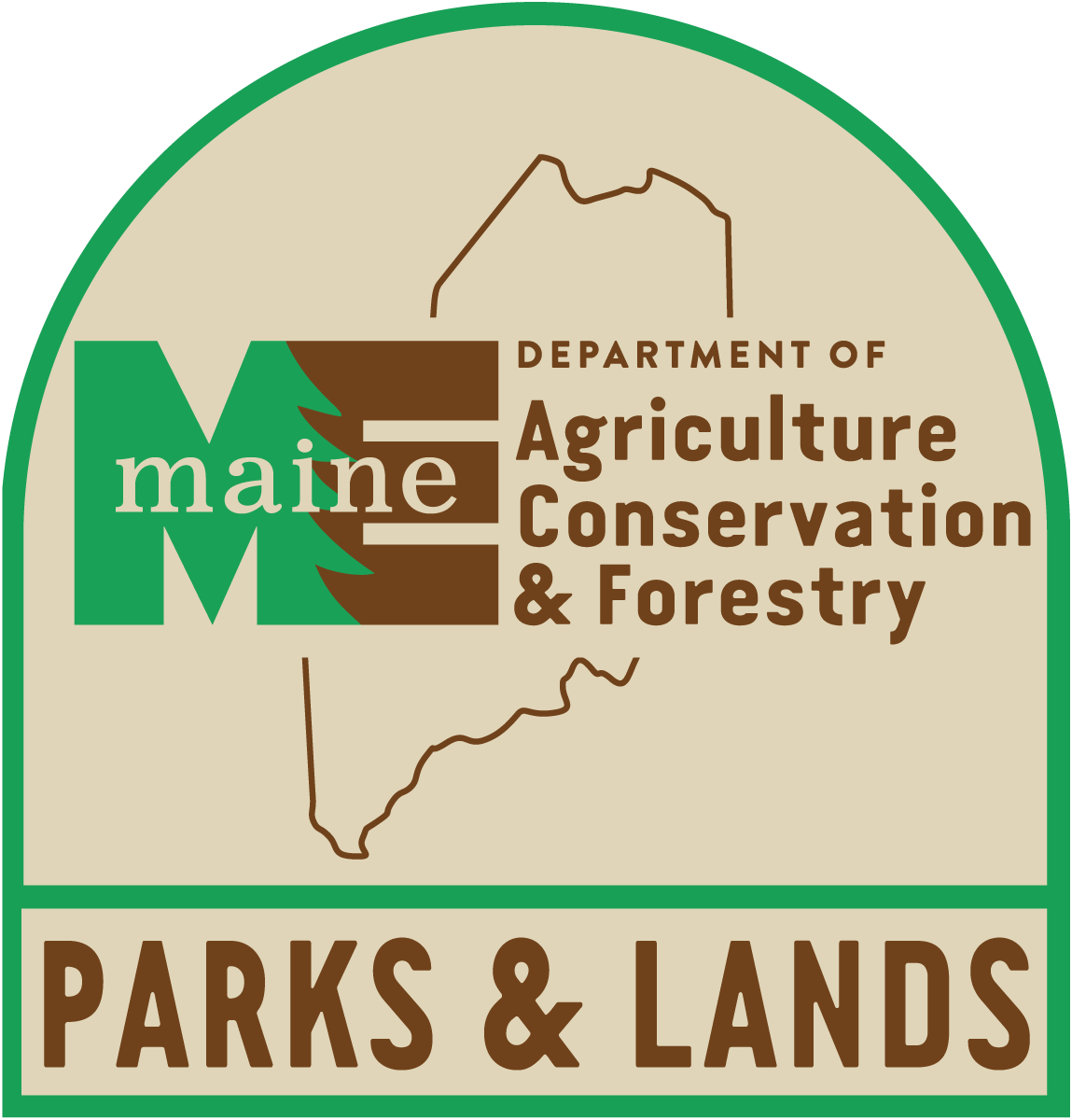
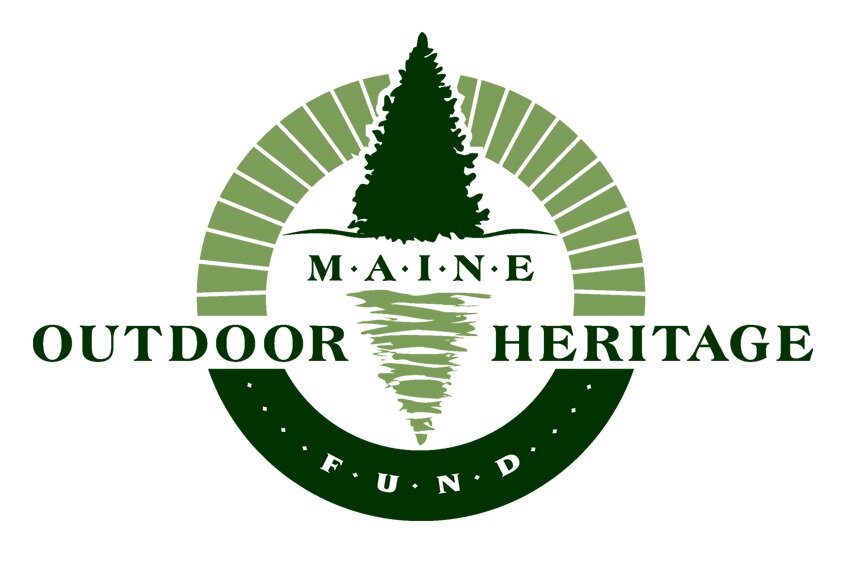
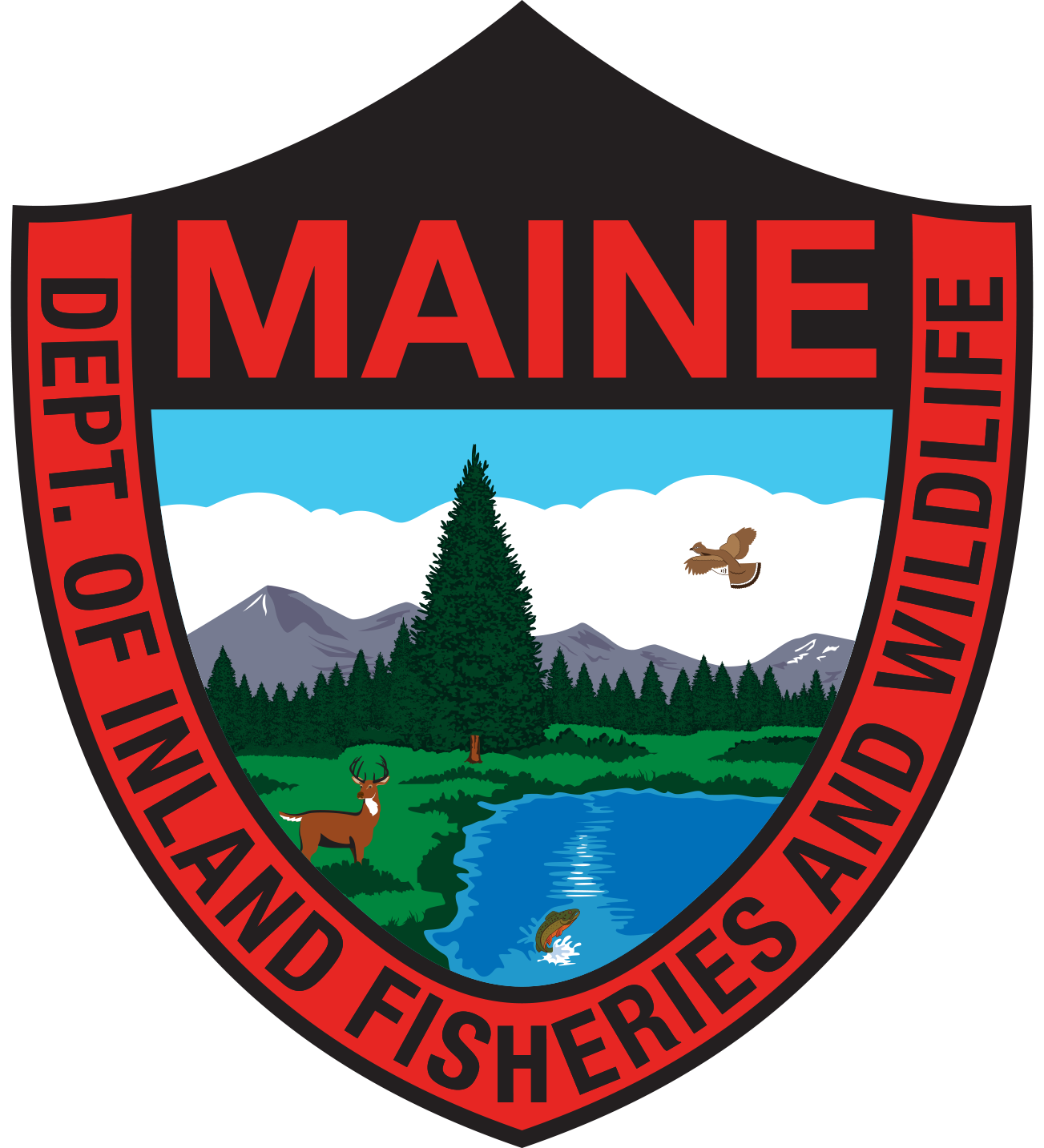
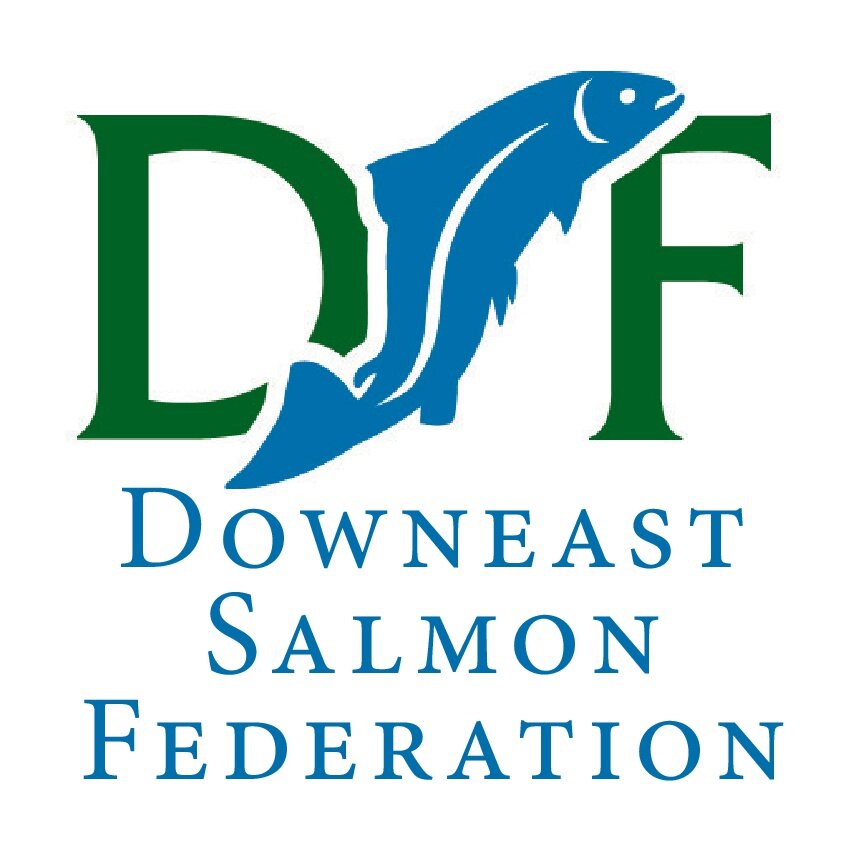
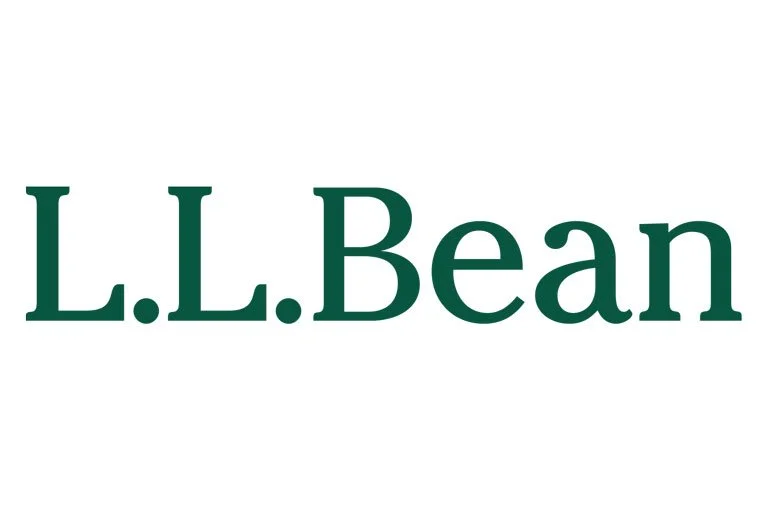
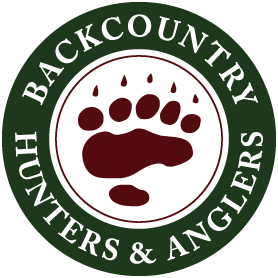

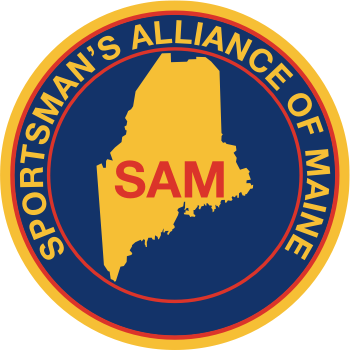

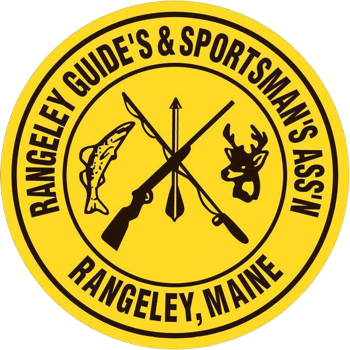

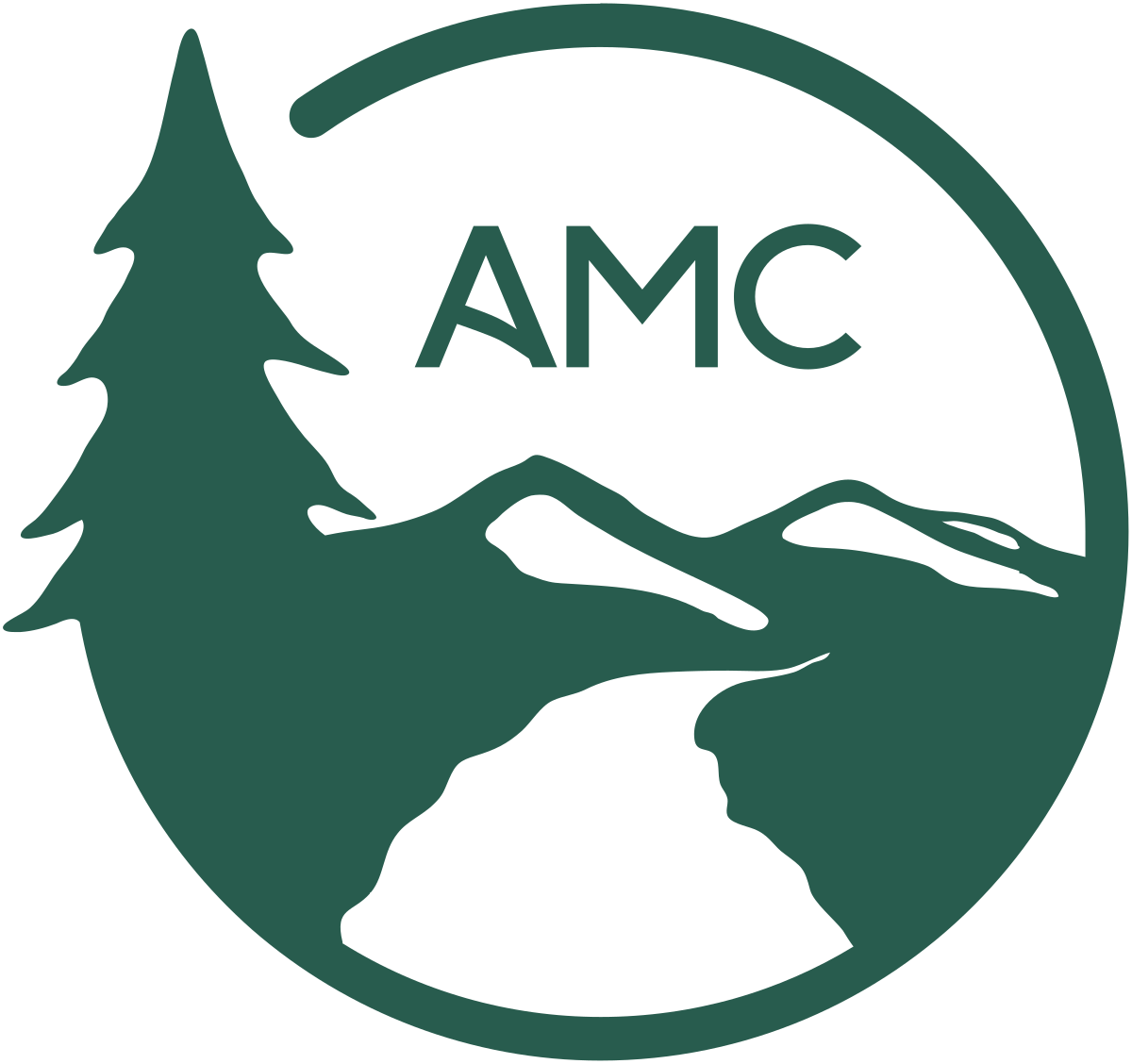
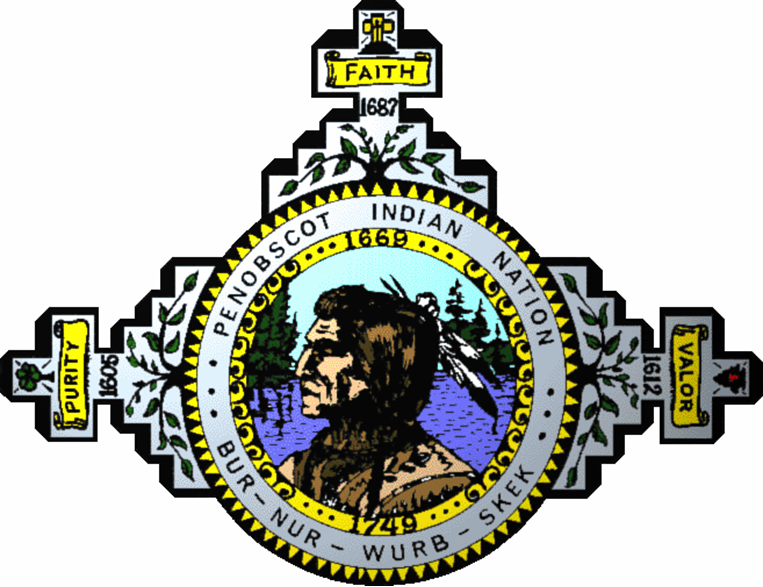
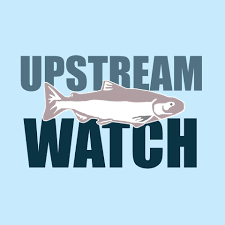

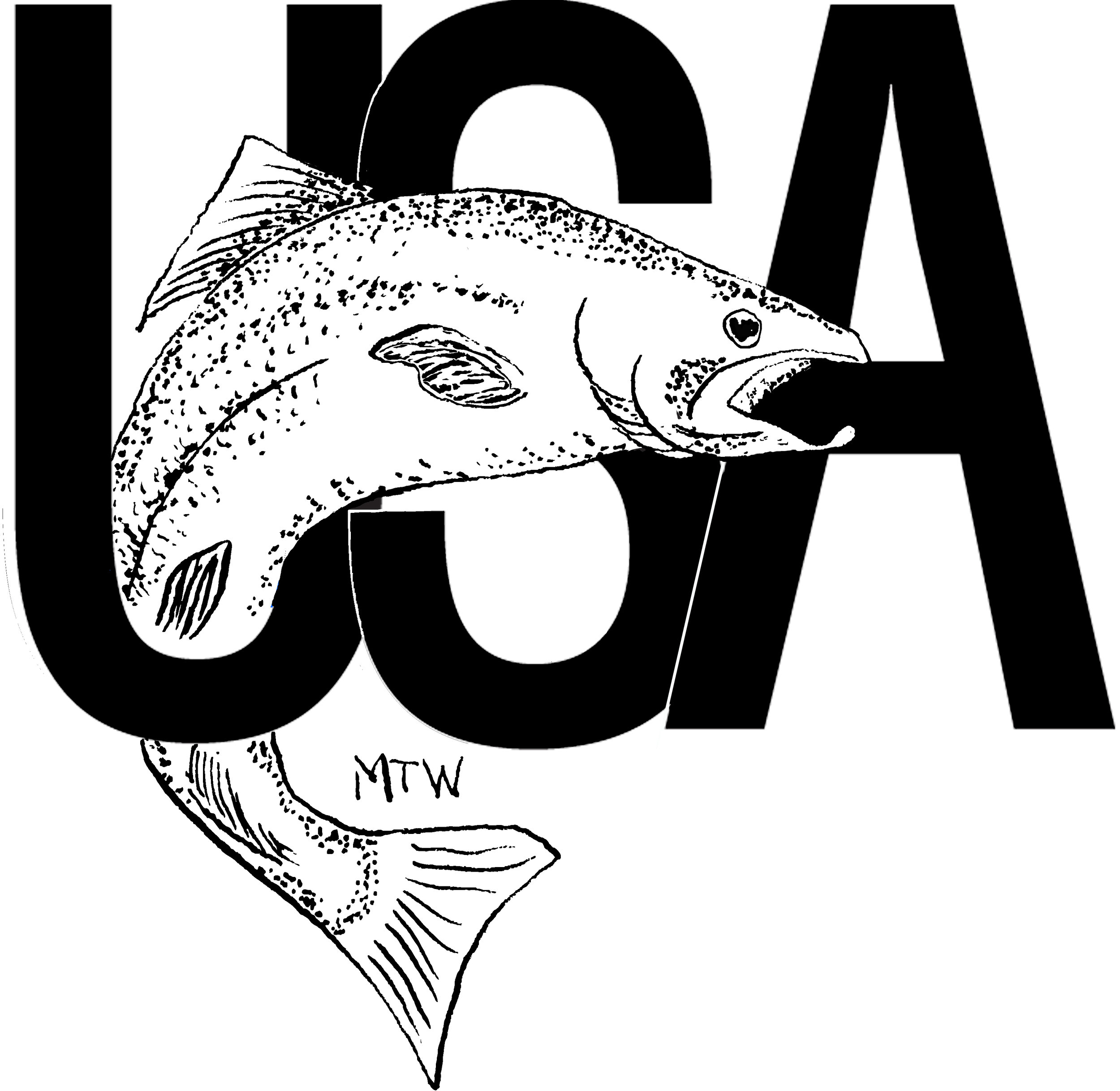
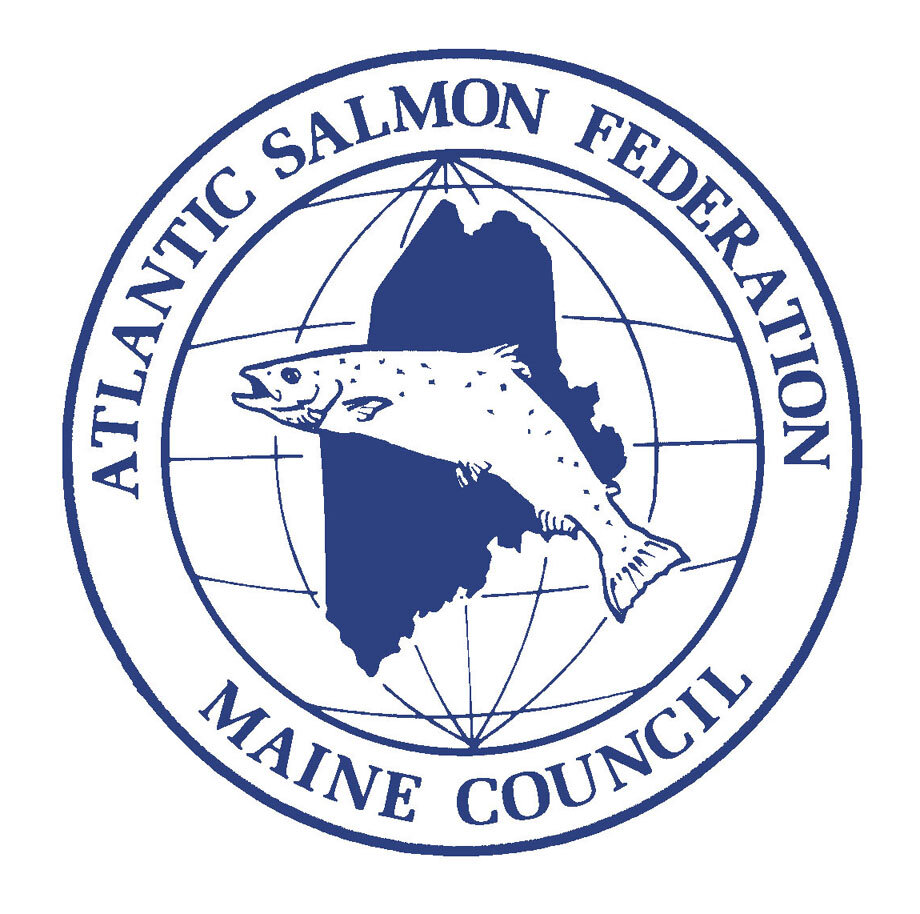

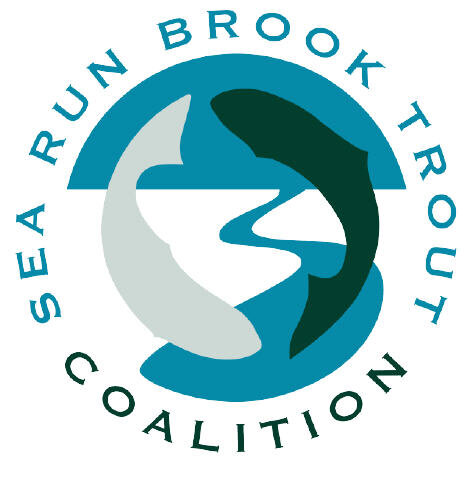

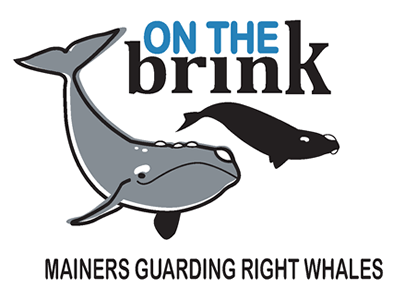




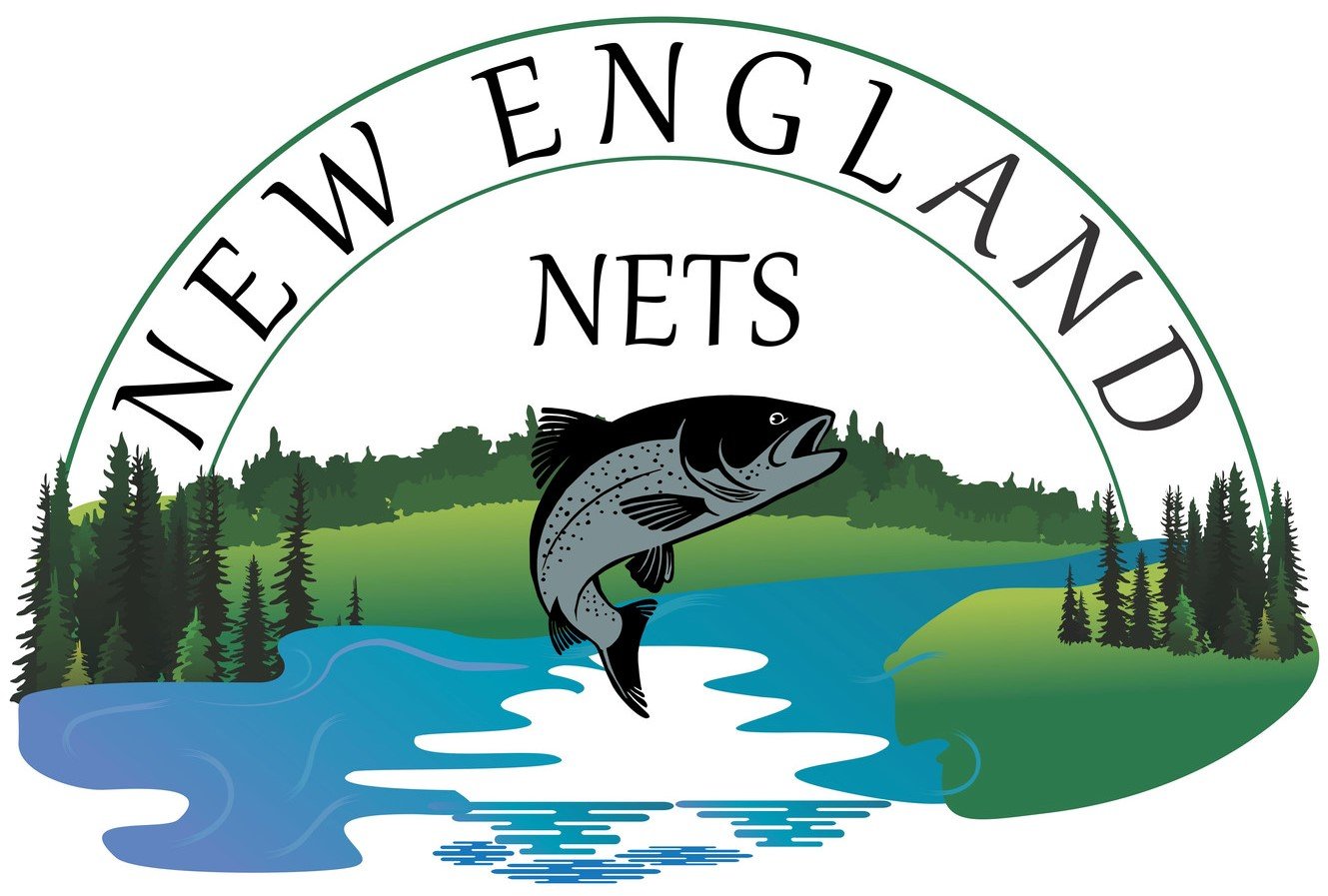

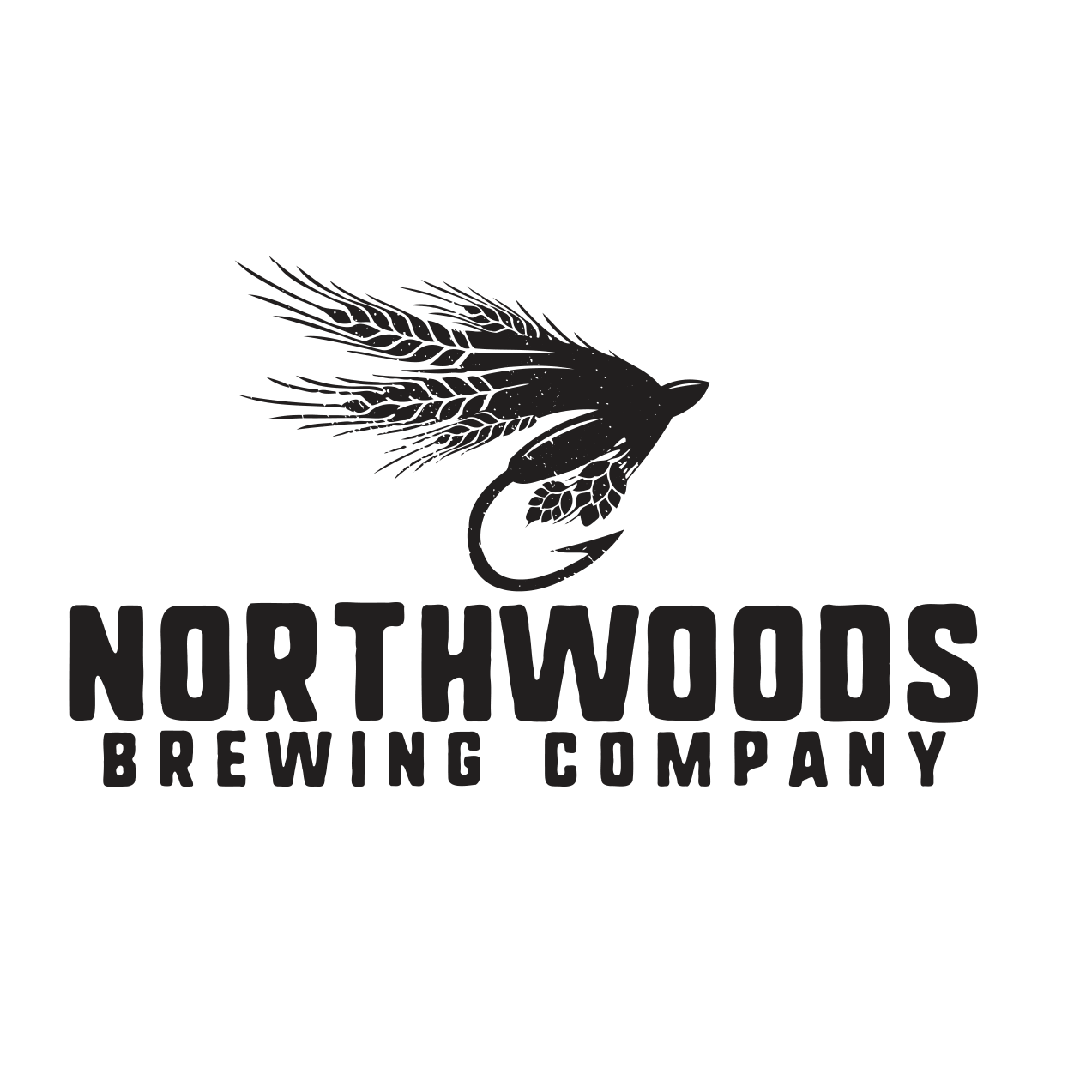

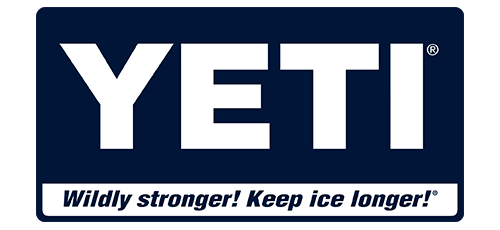


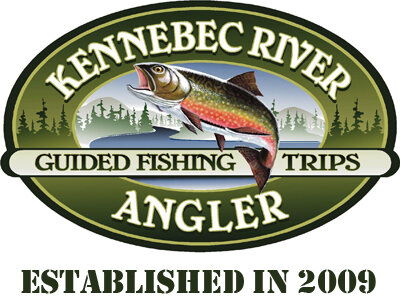
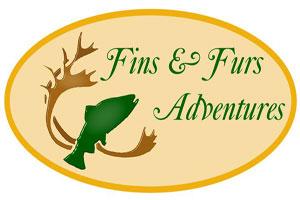
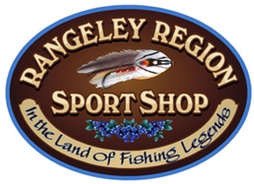
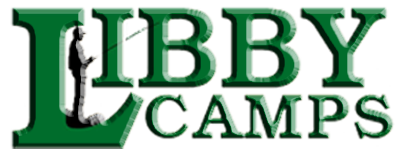



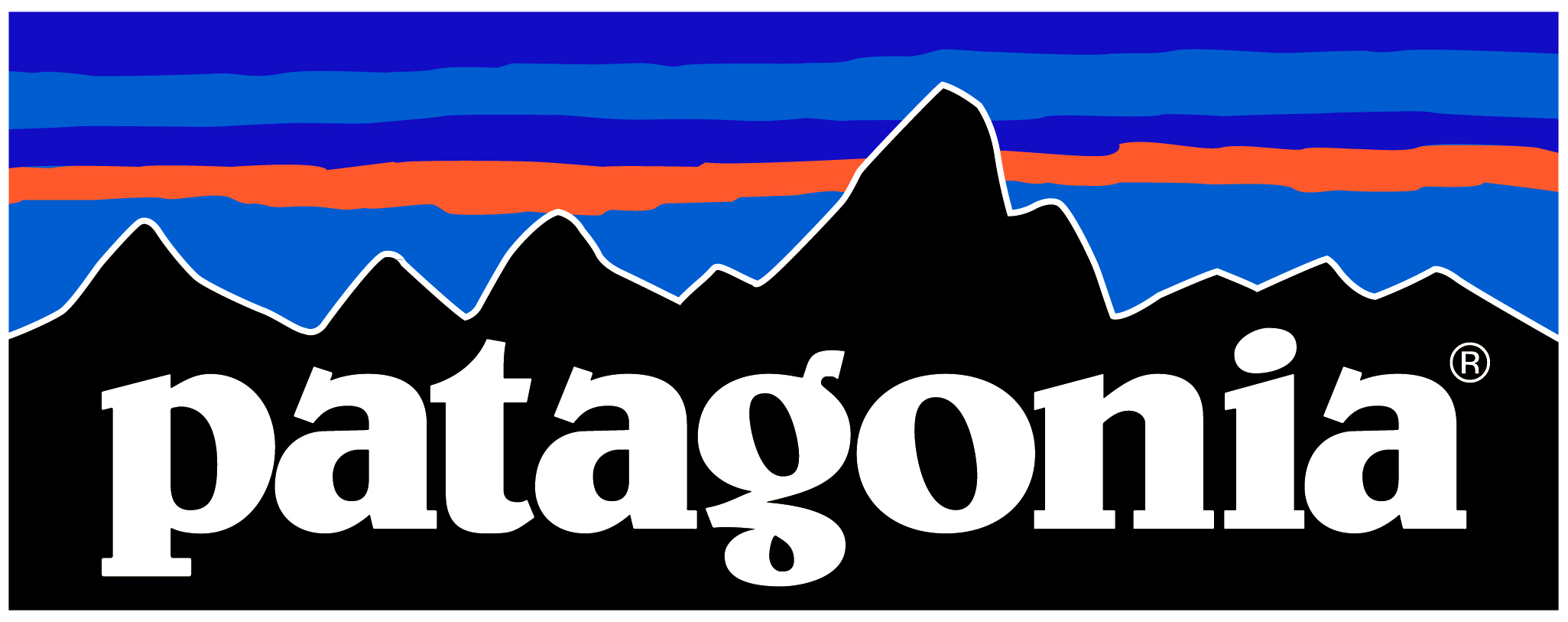
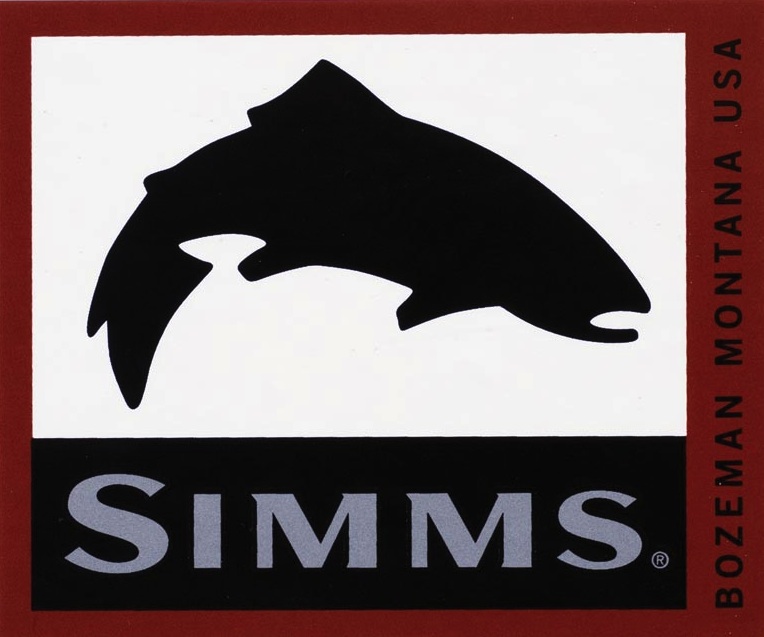




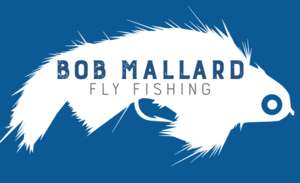


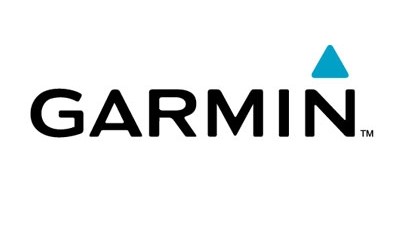
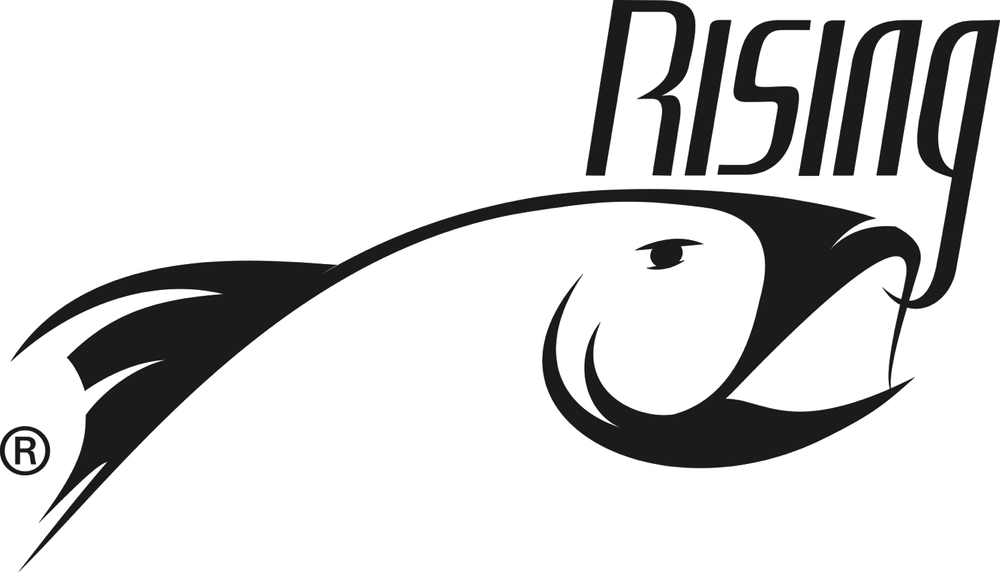

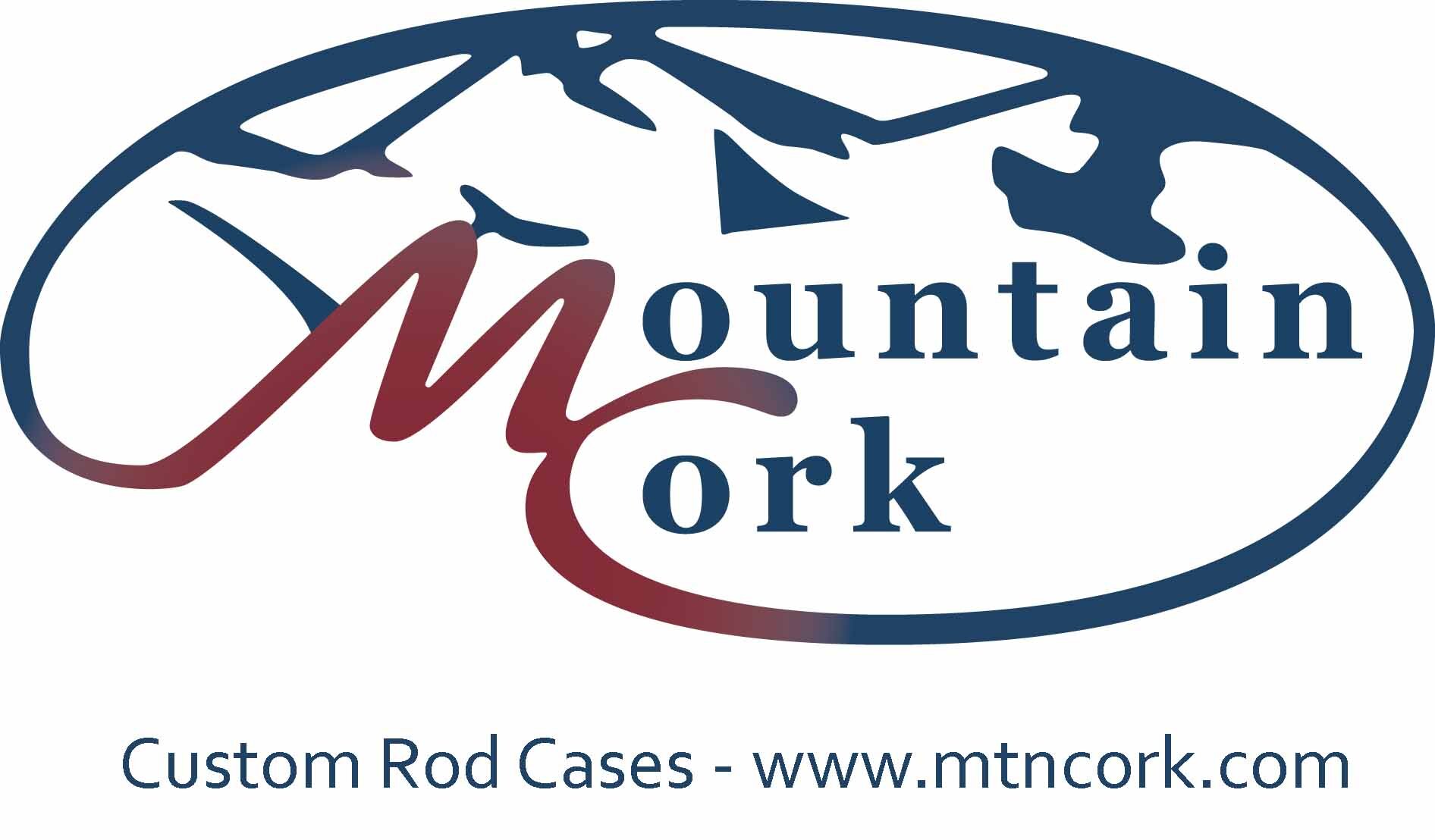
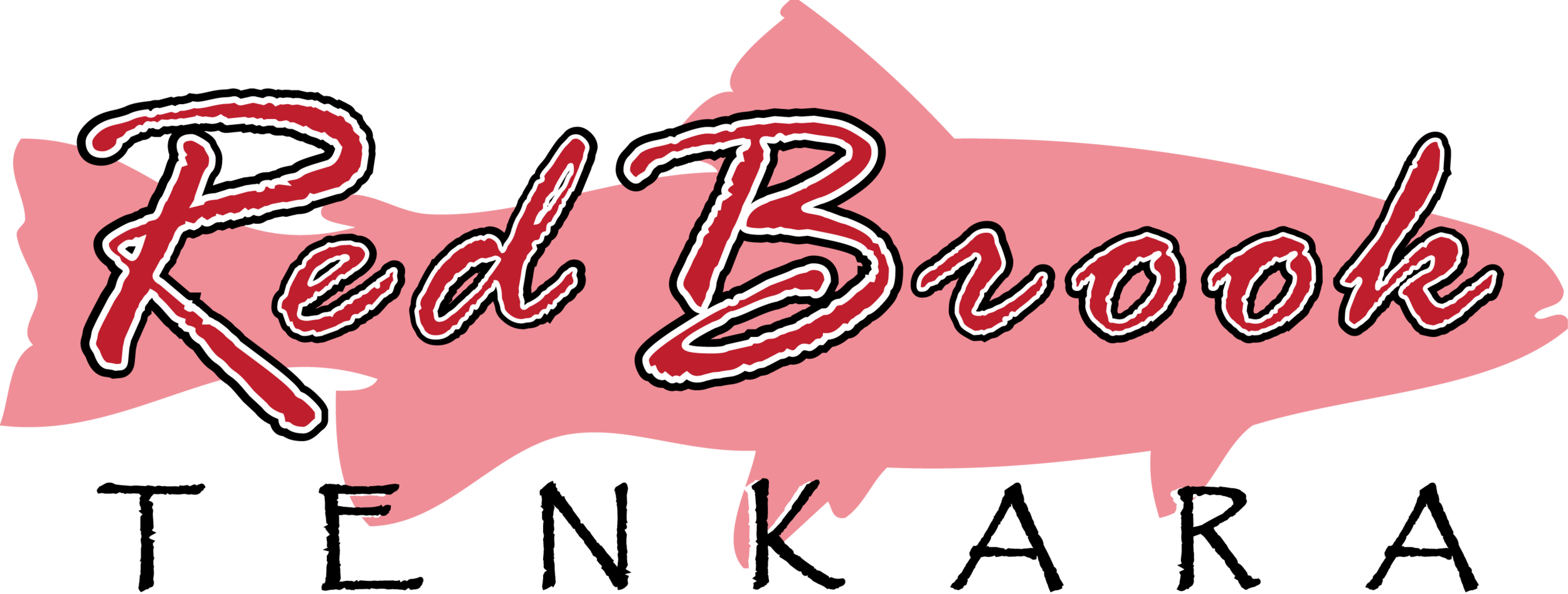
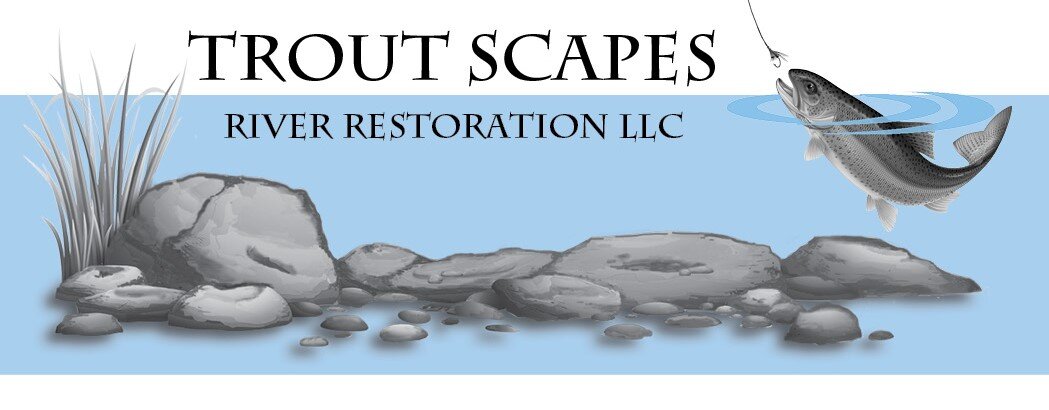


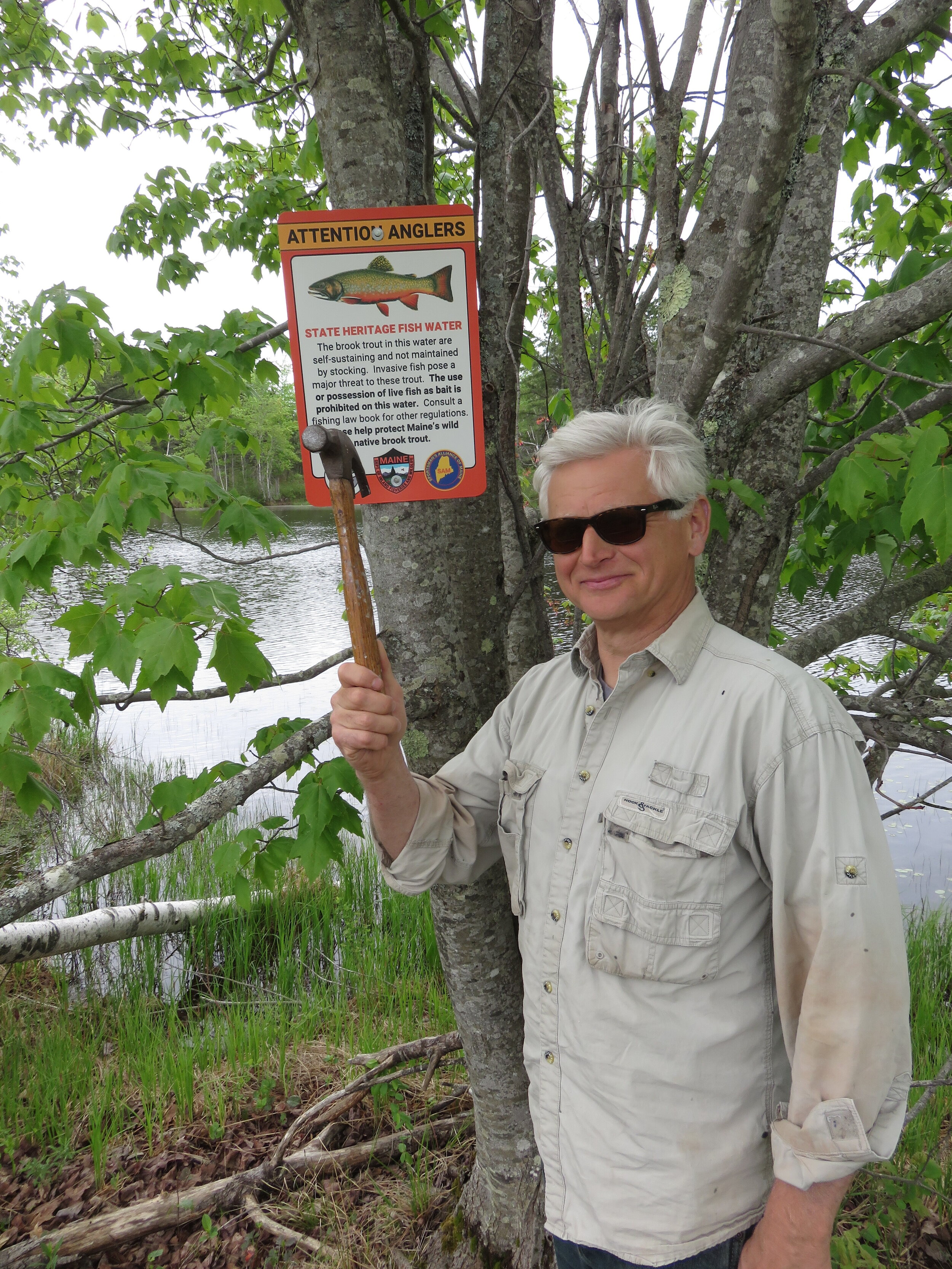




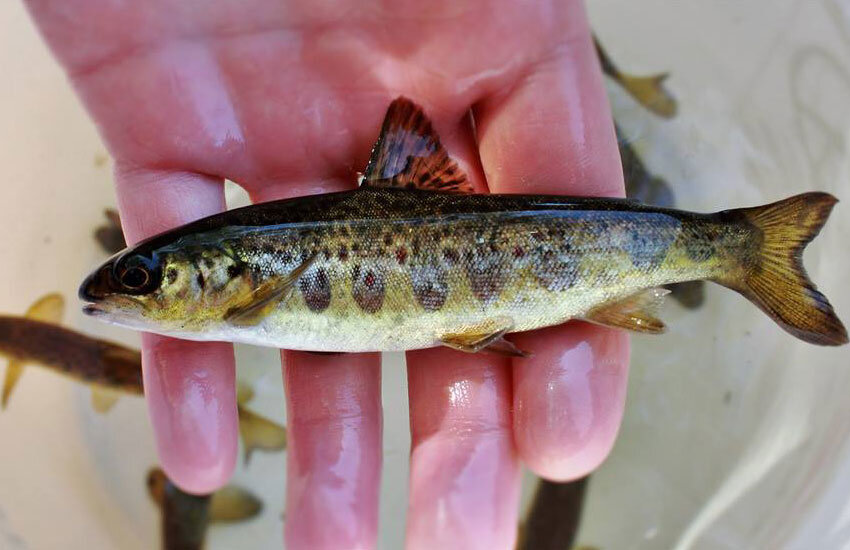





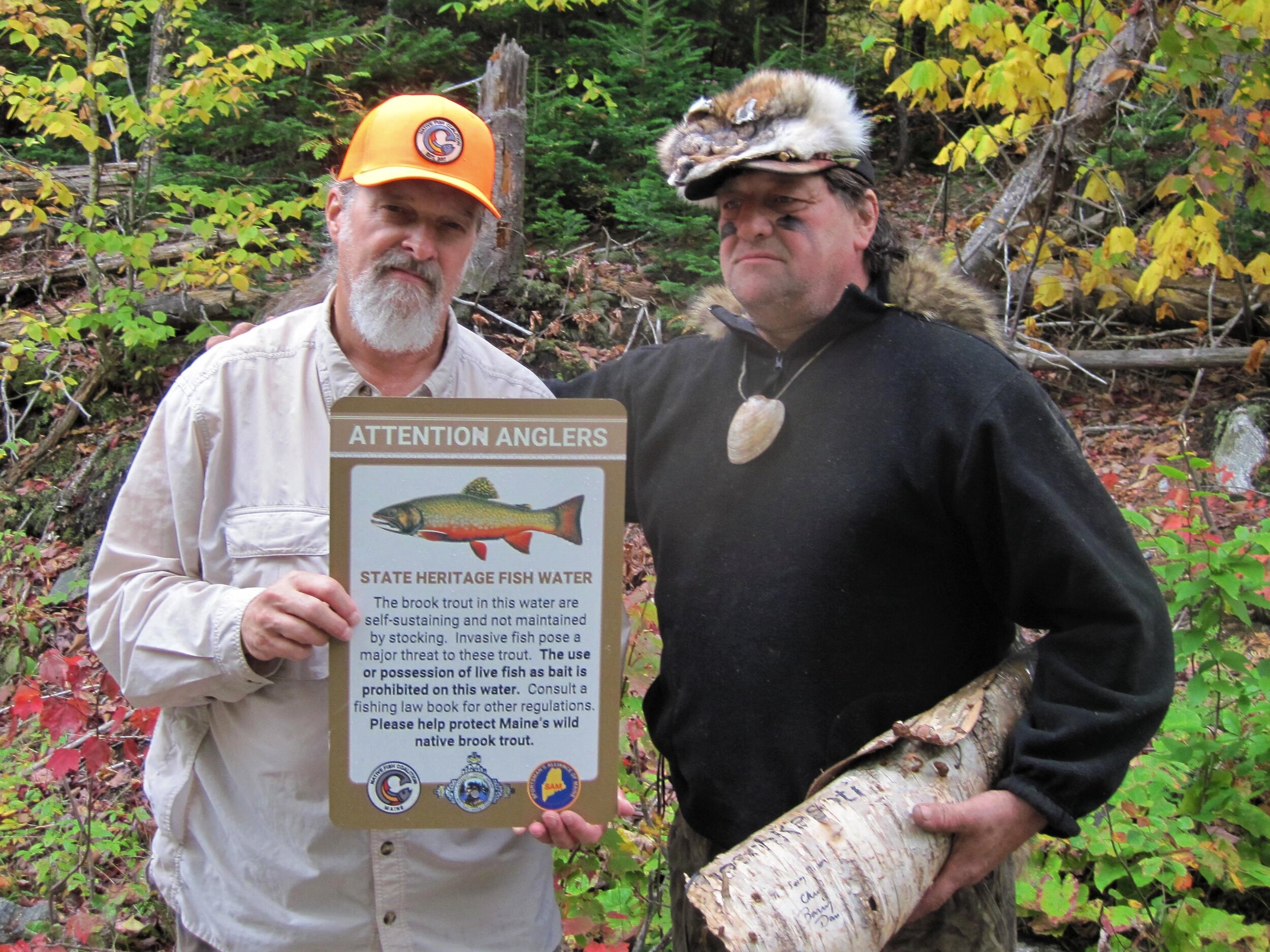










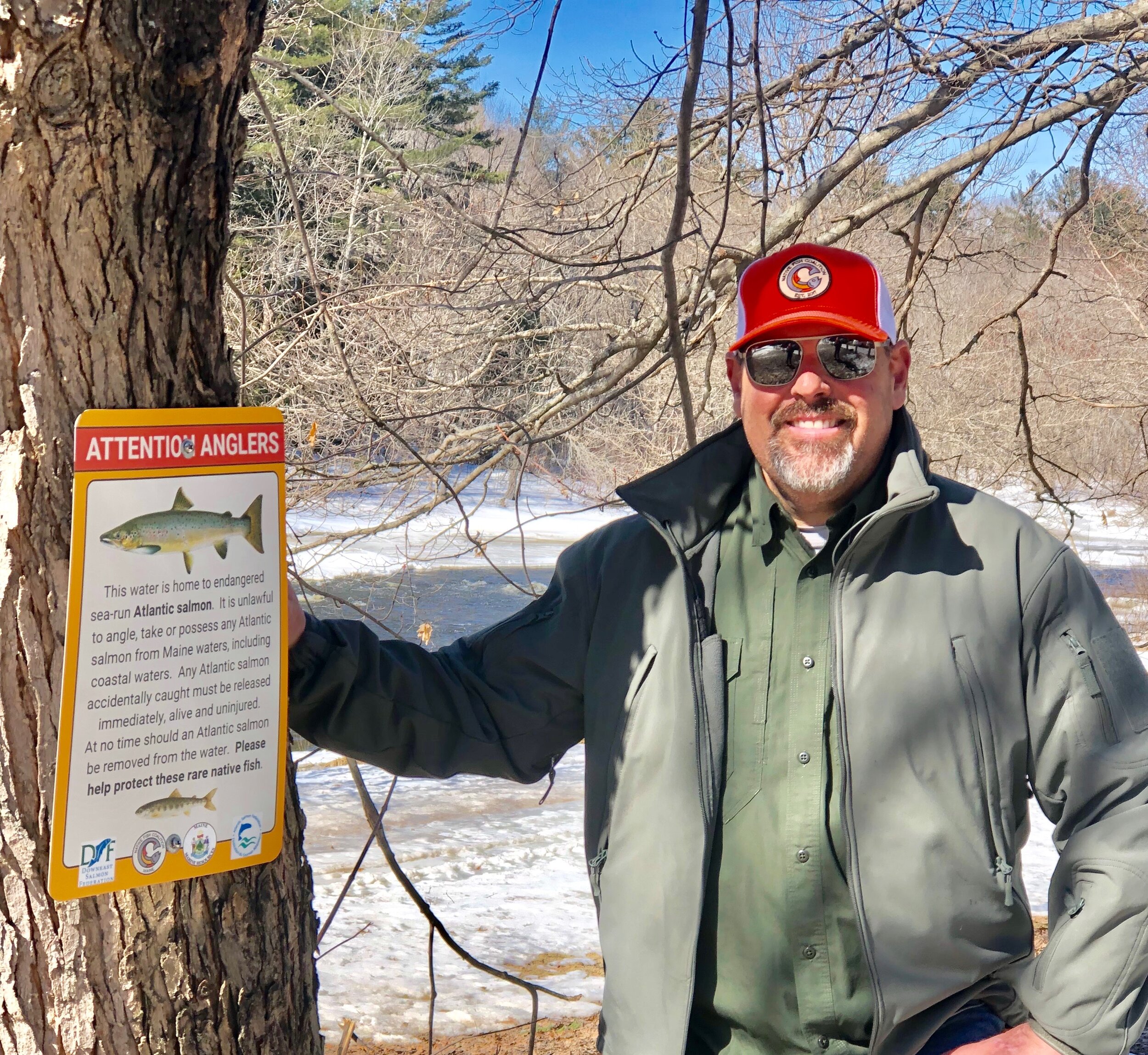











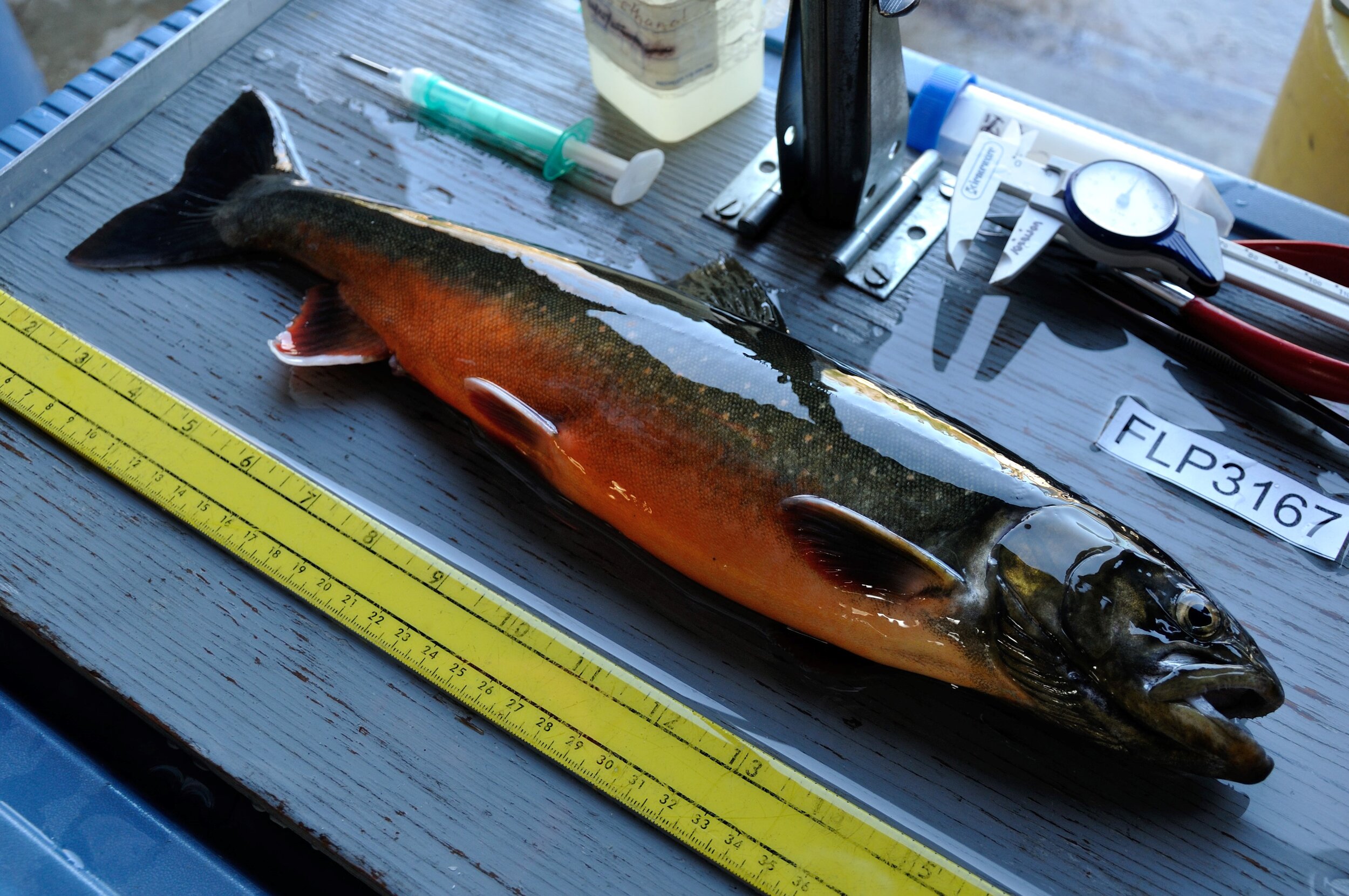




























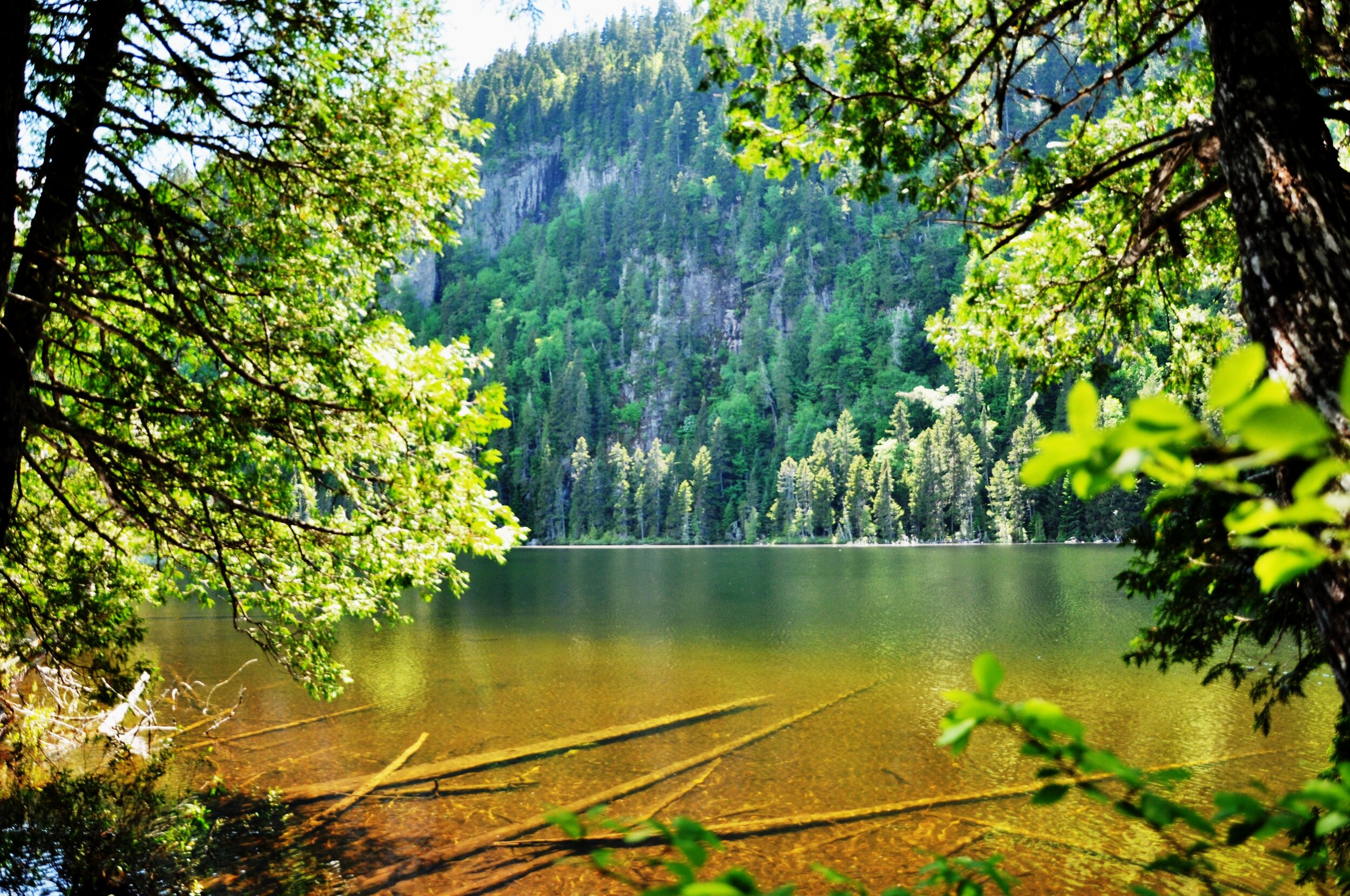








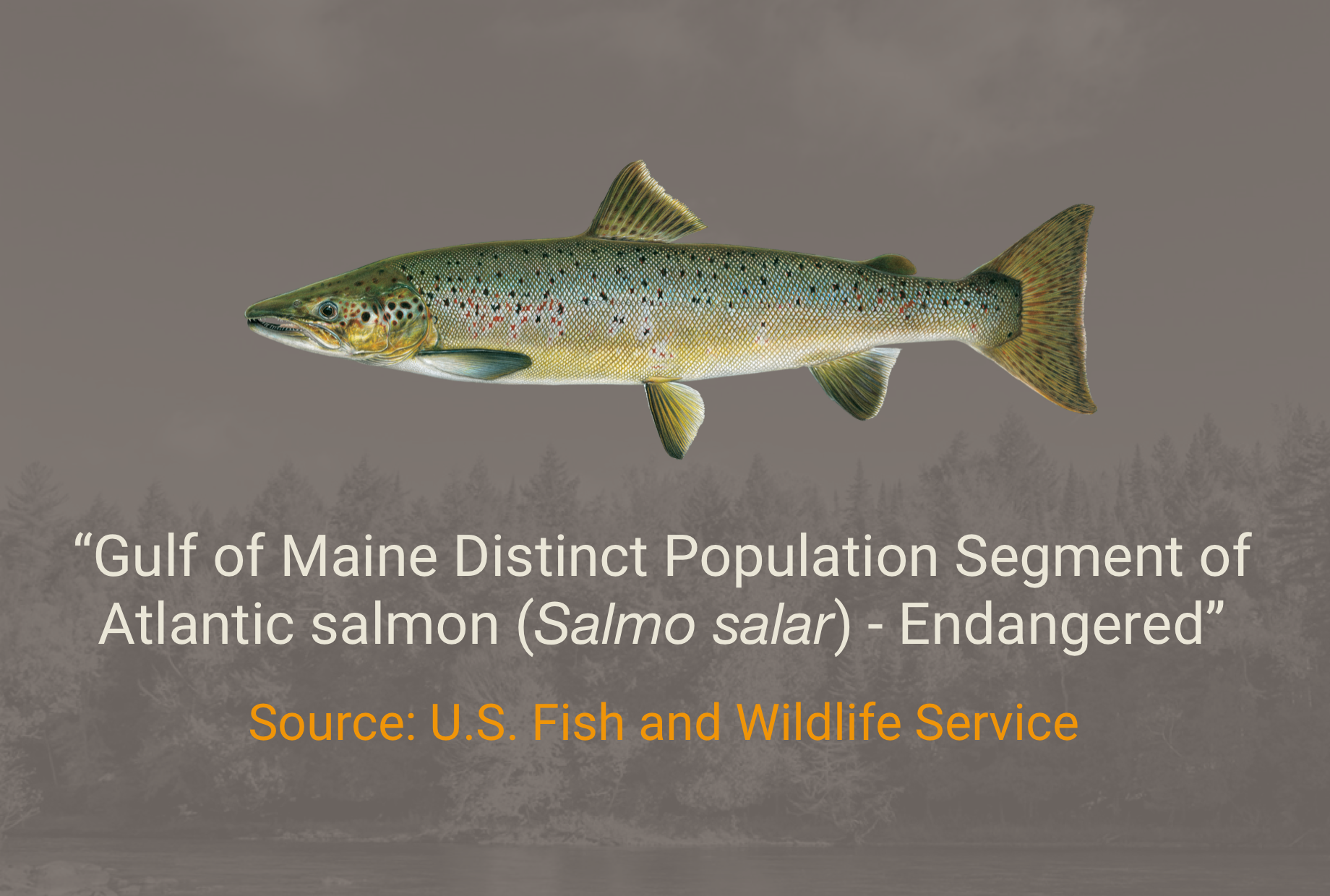

LARRY BASTIAN learned to fish as a child on the small mountain...